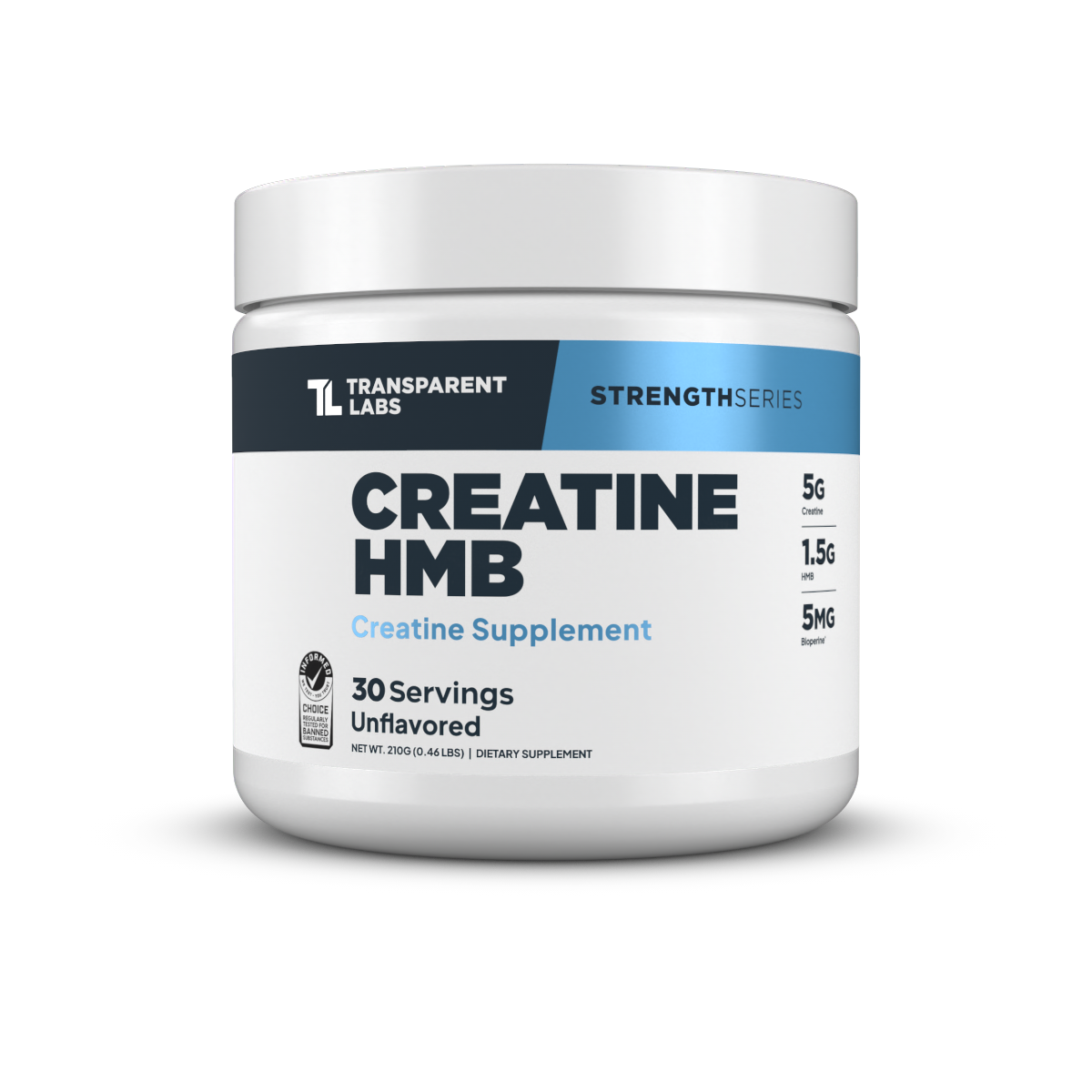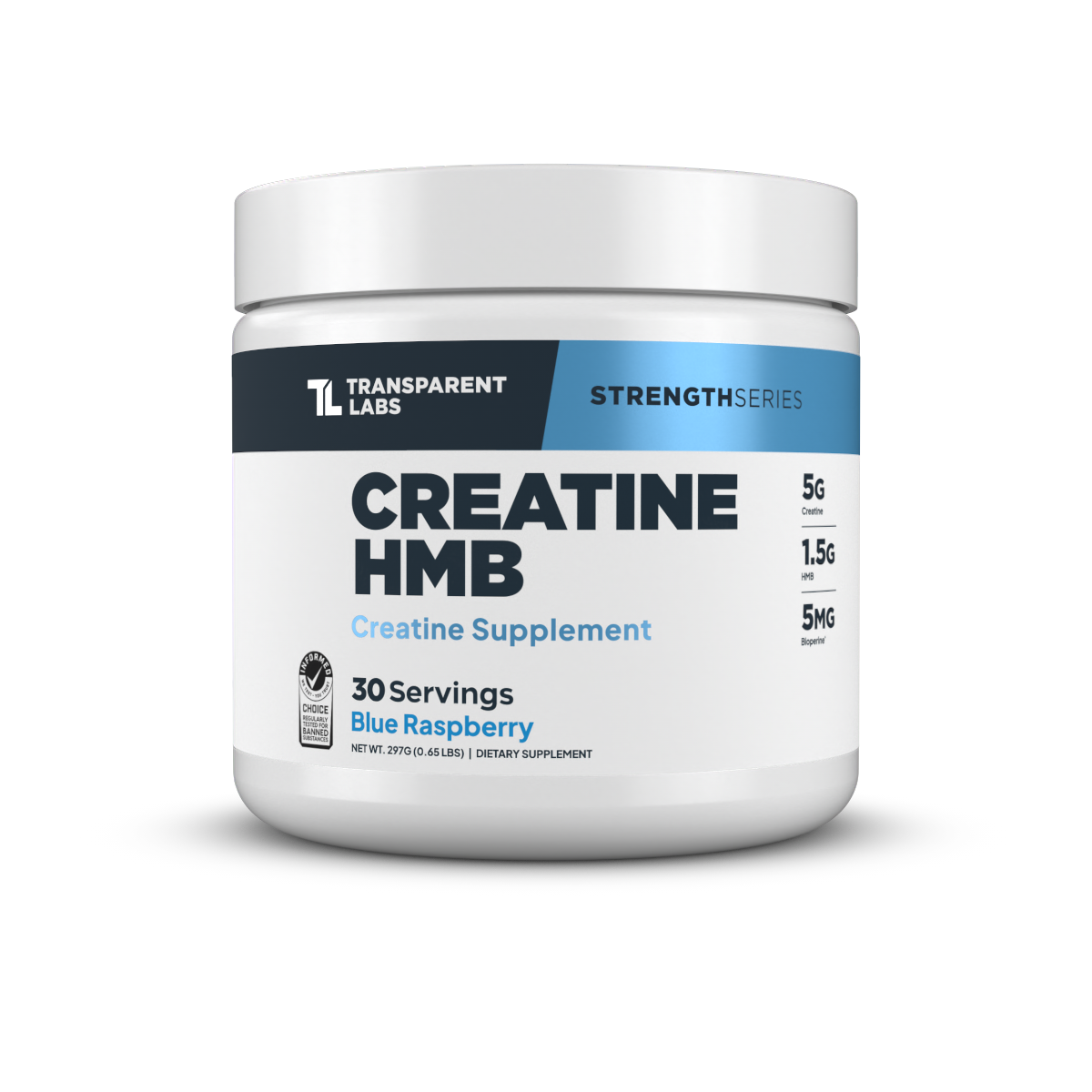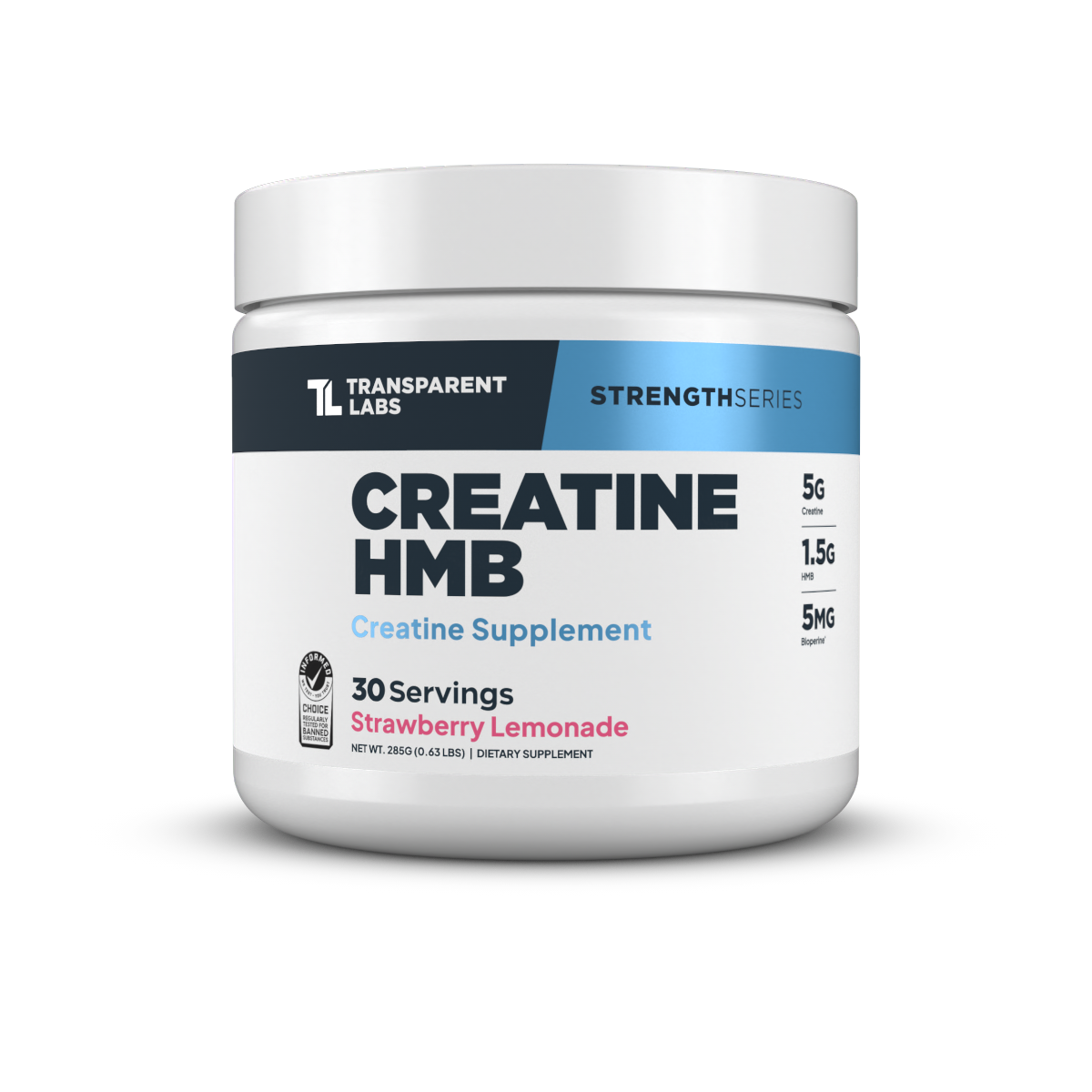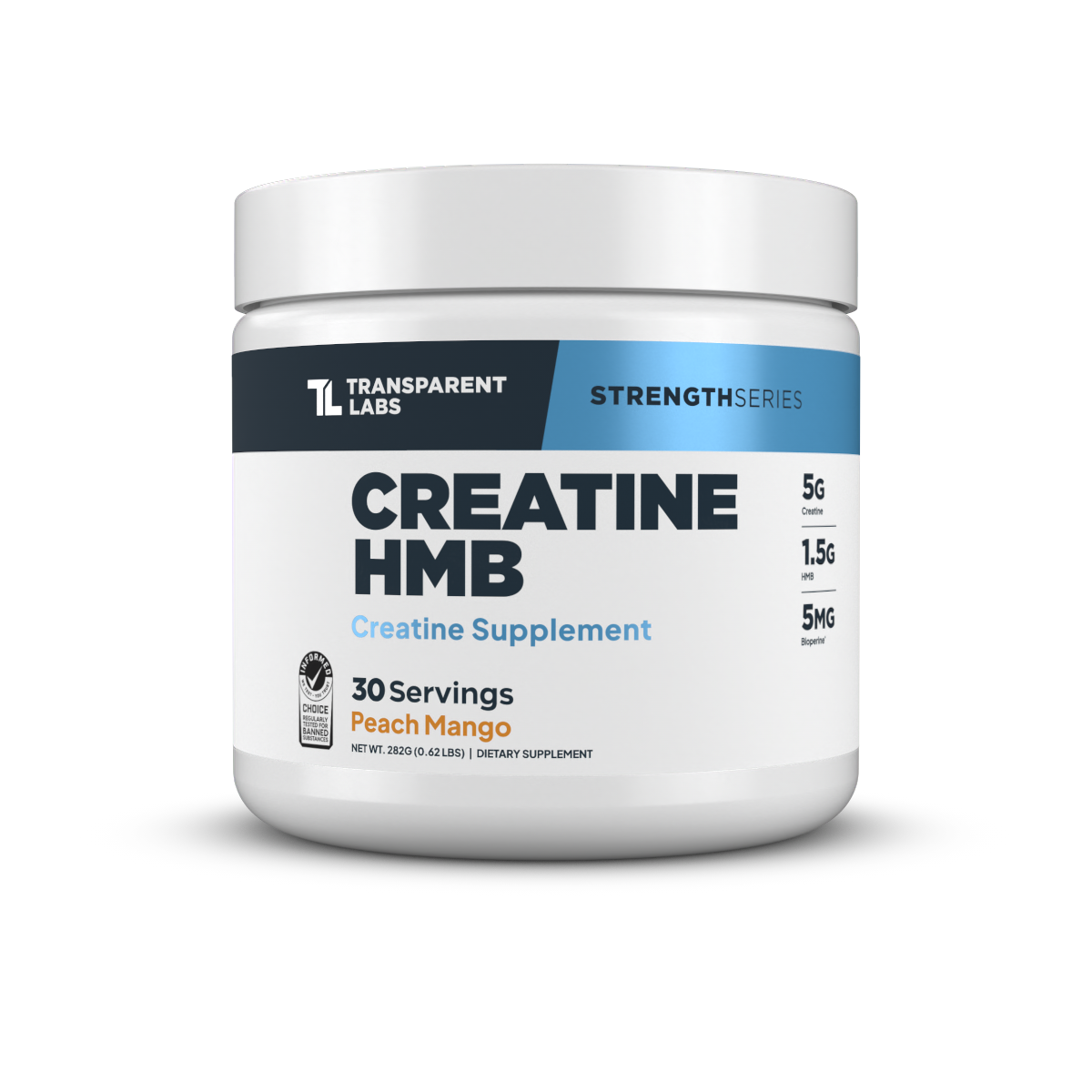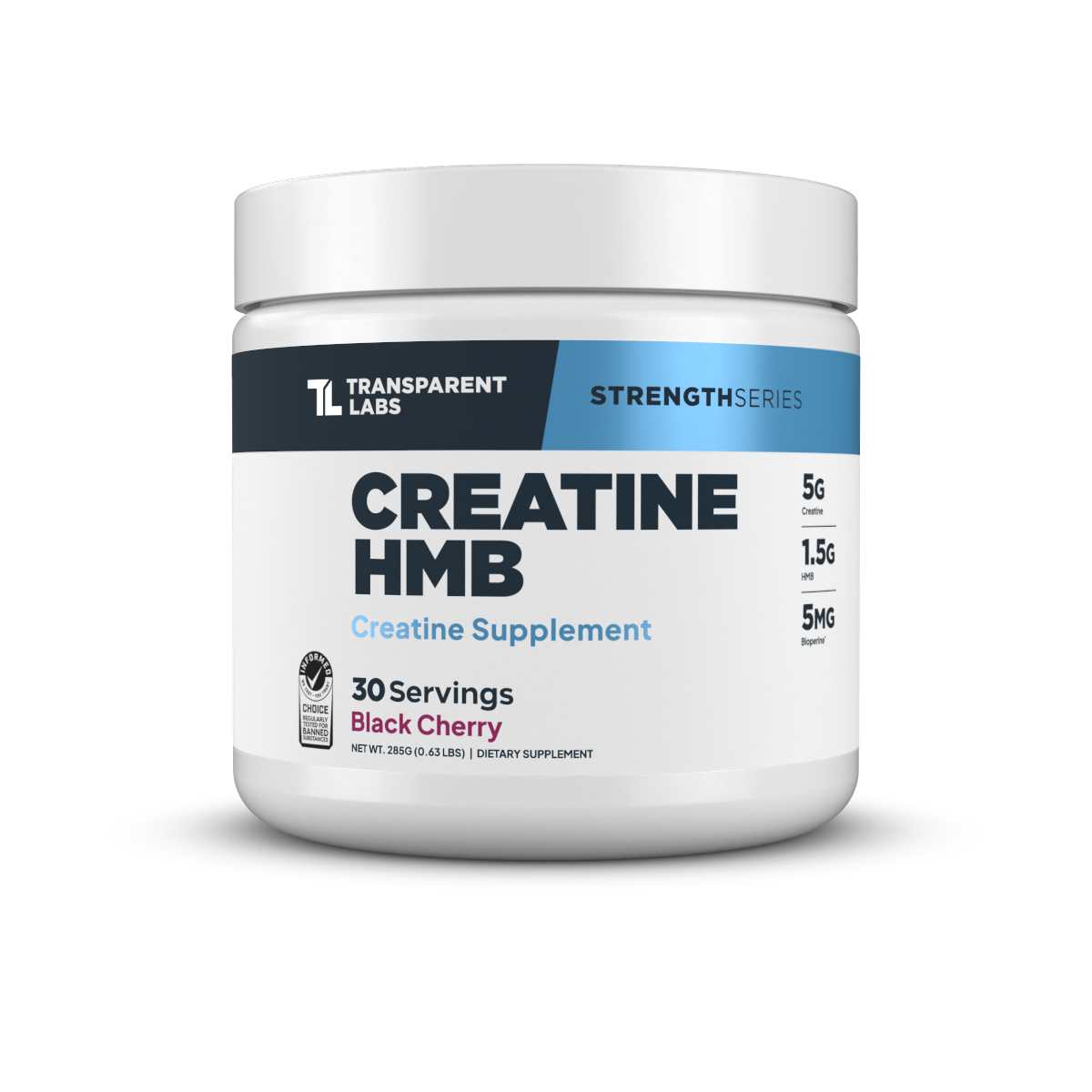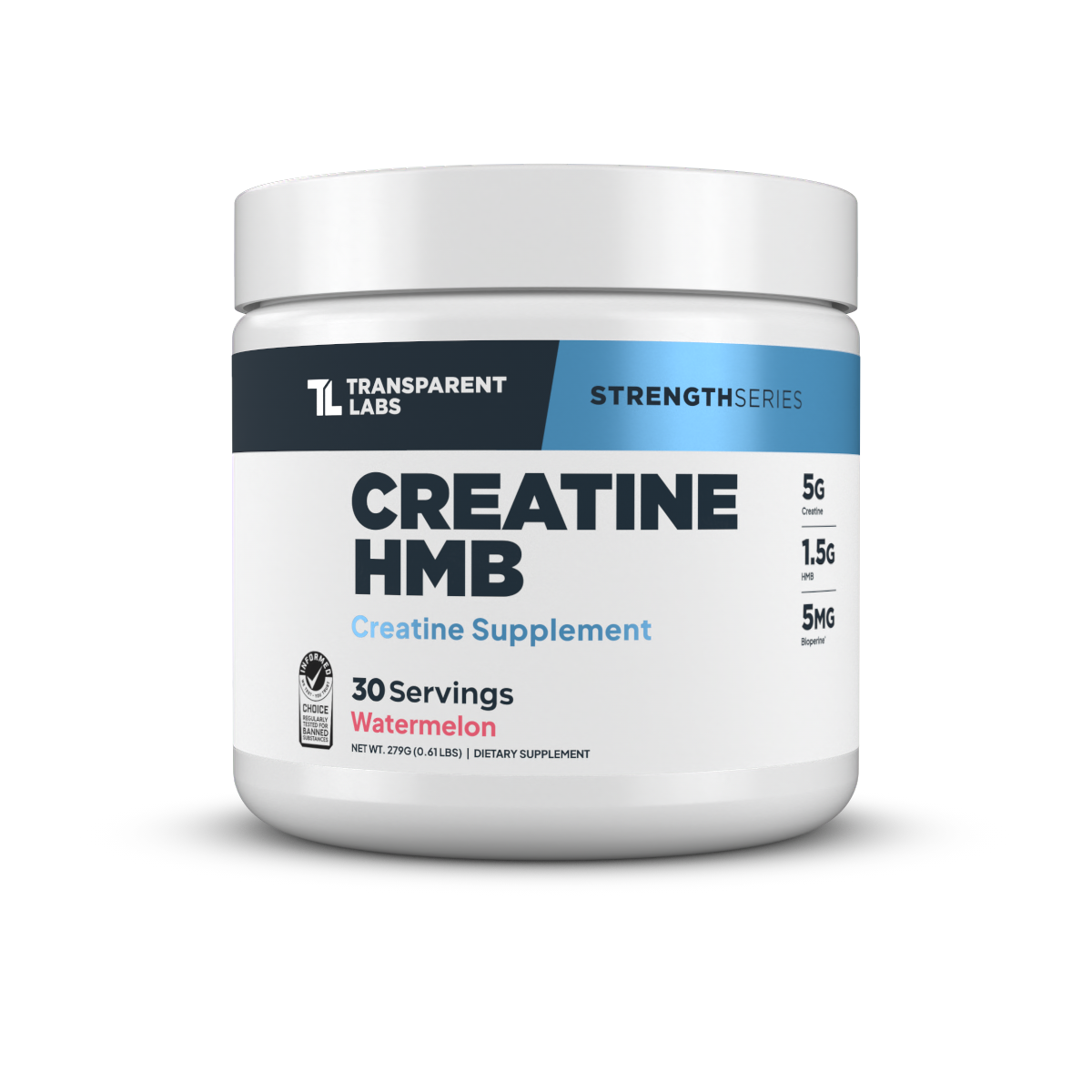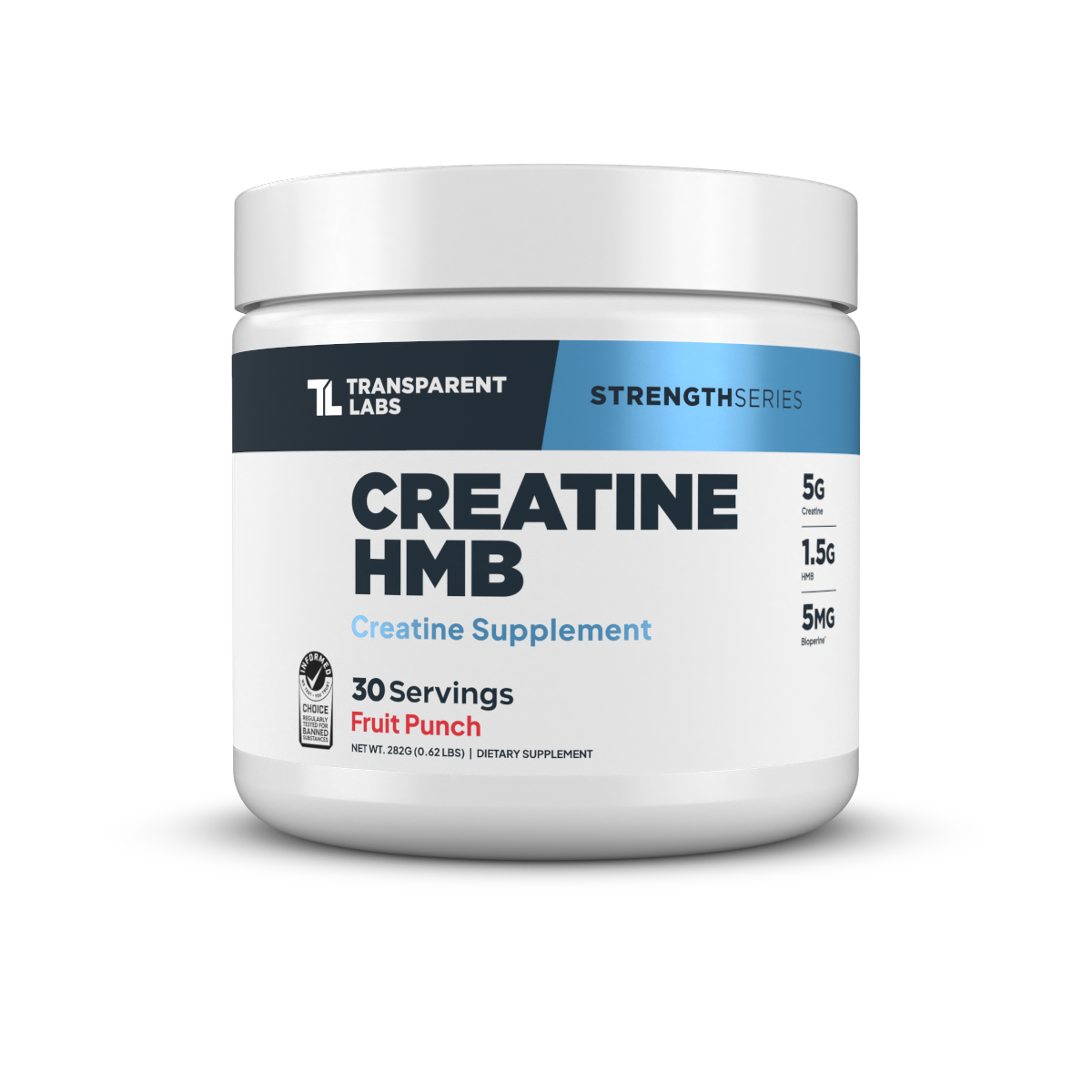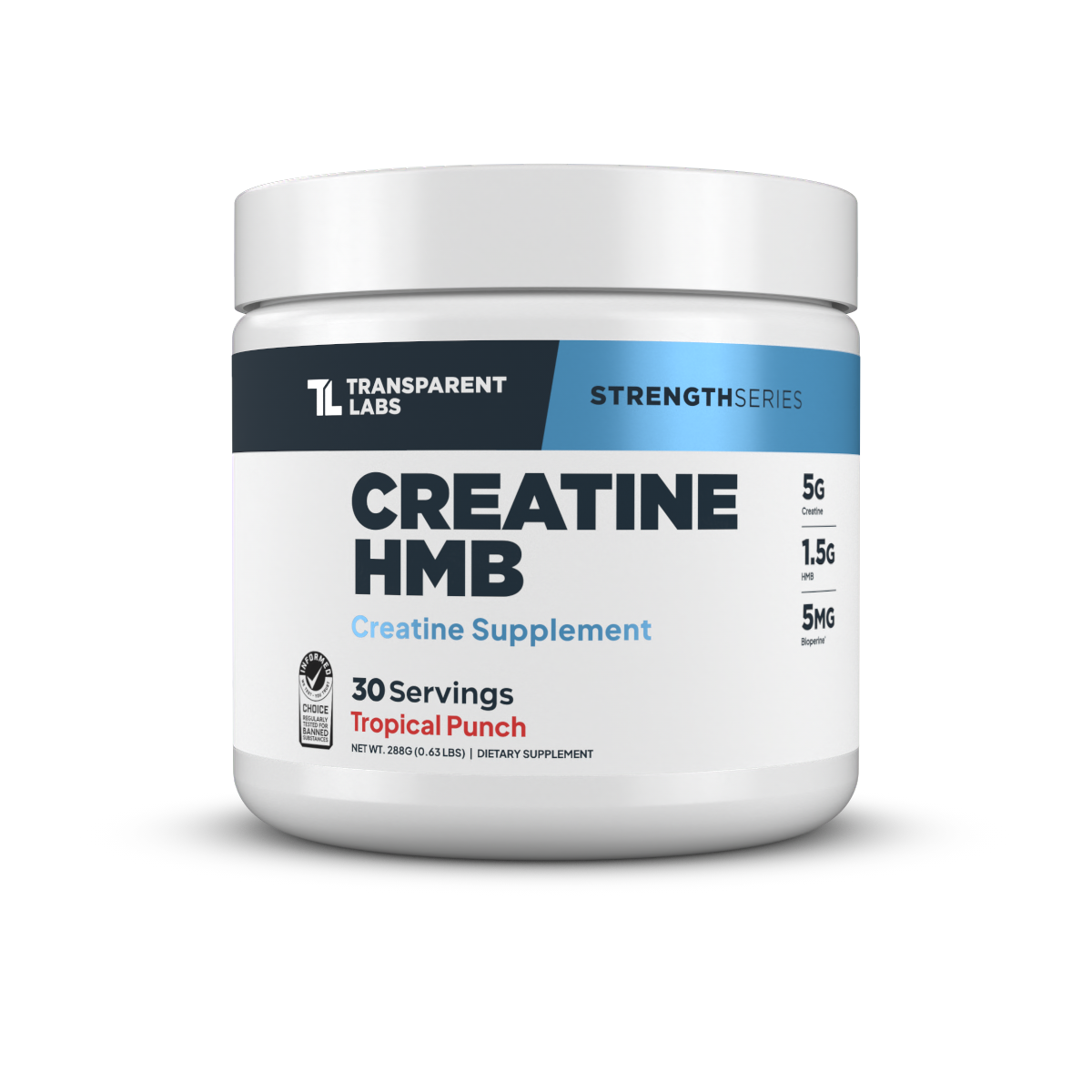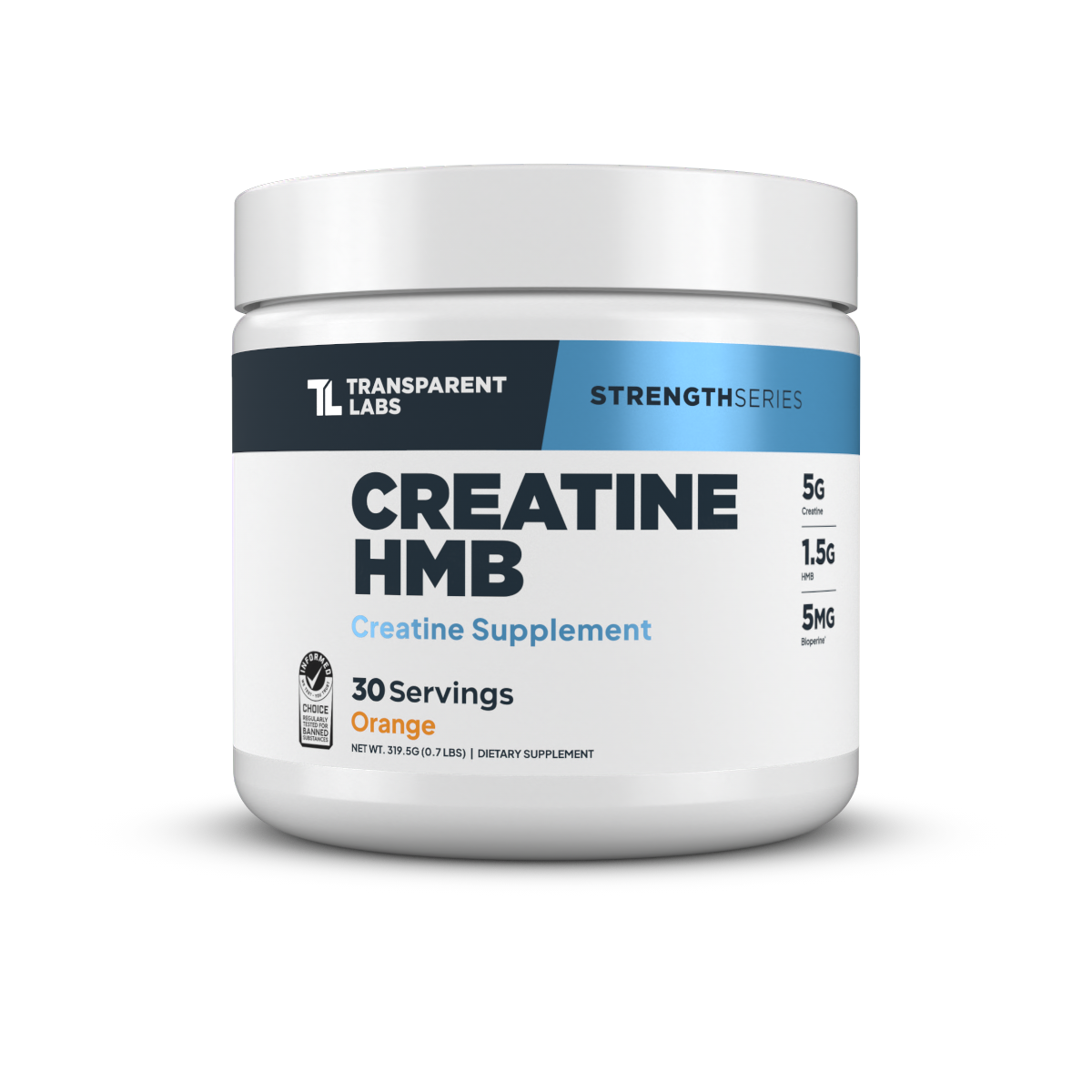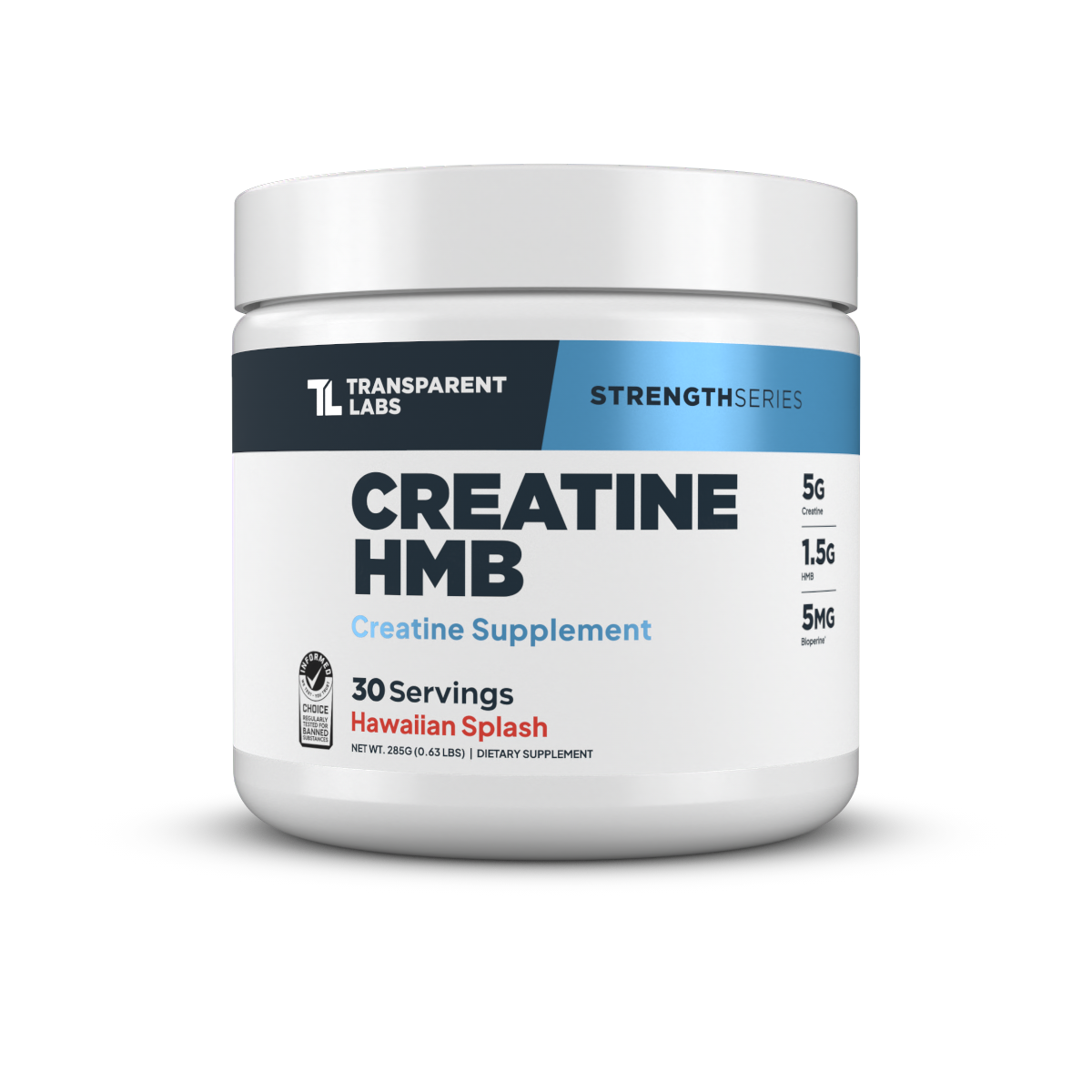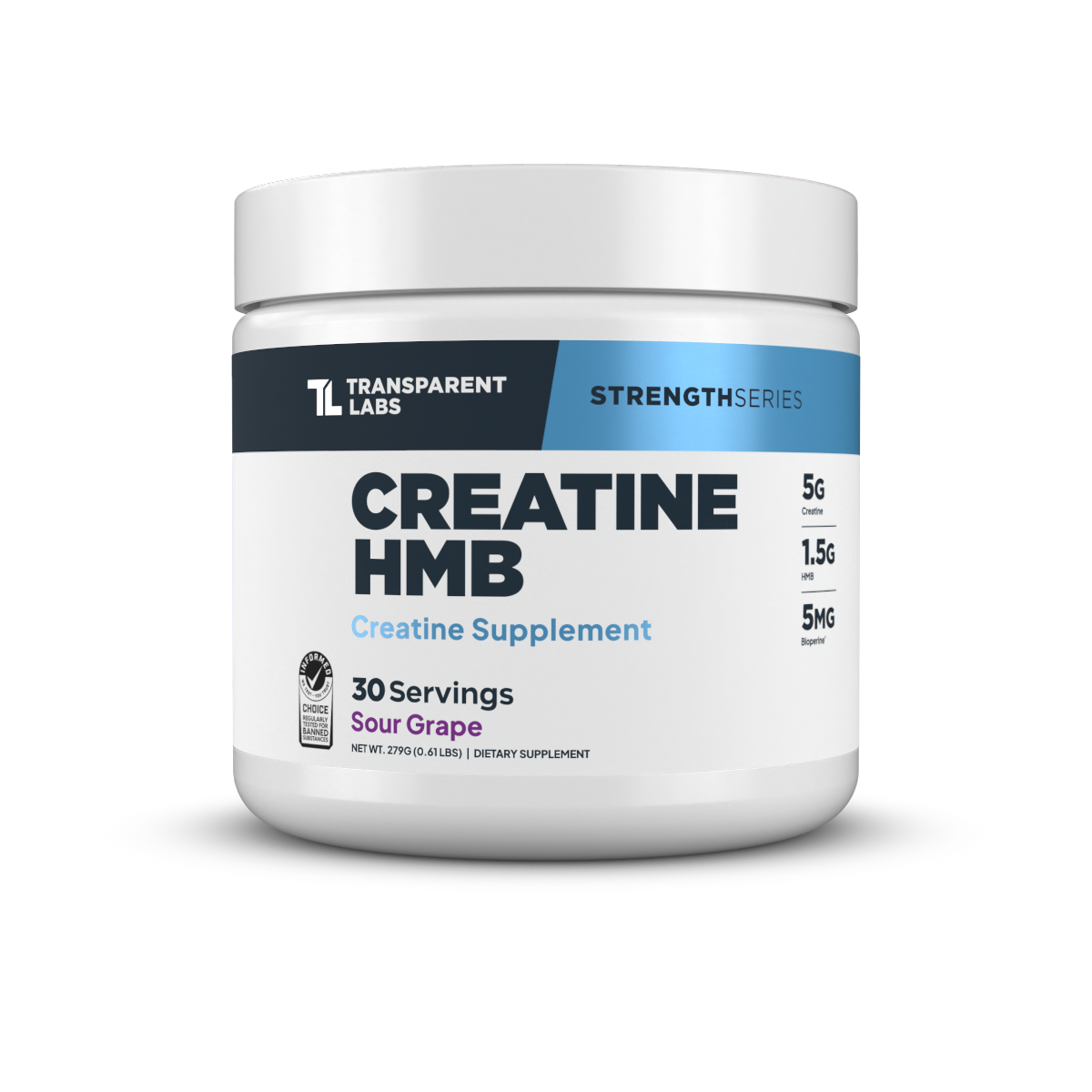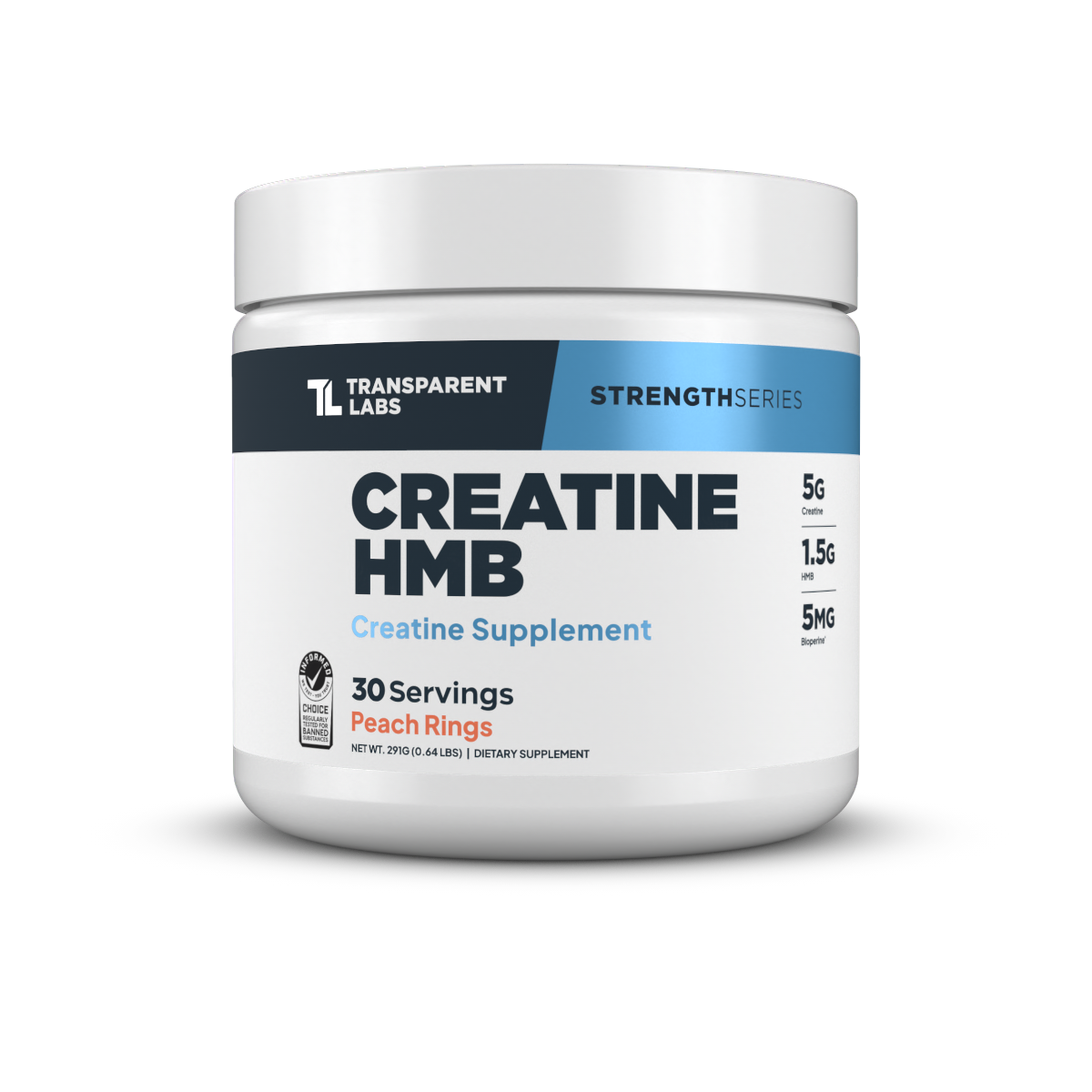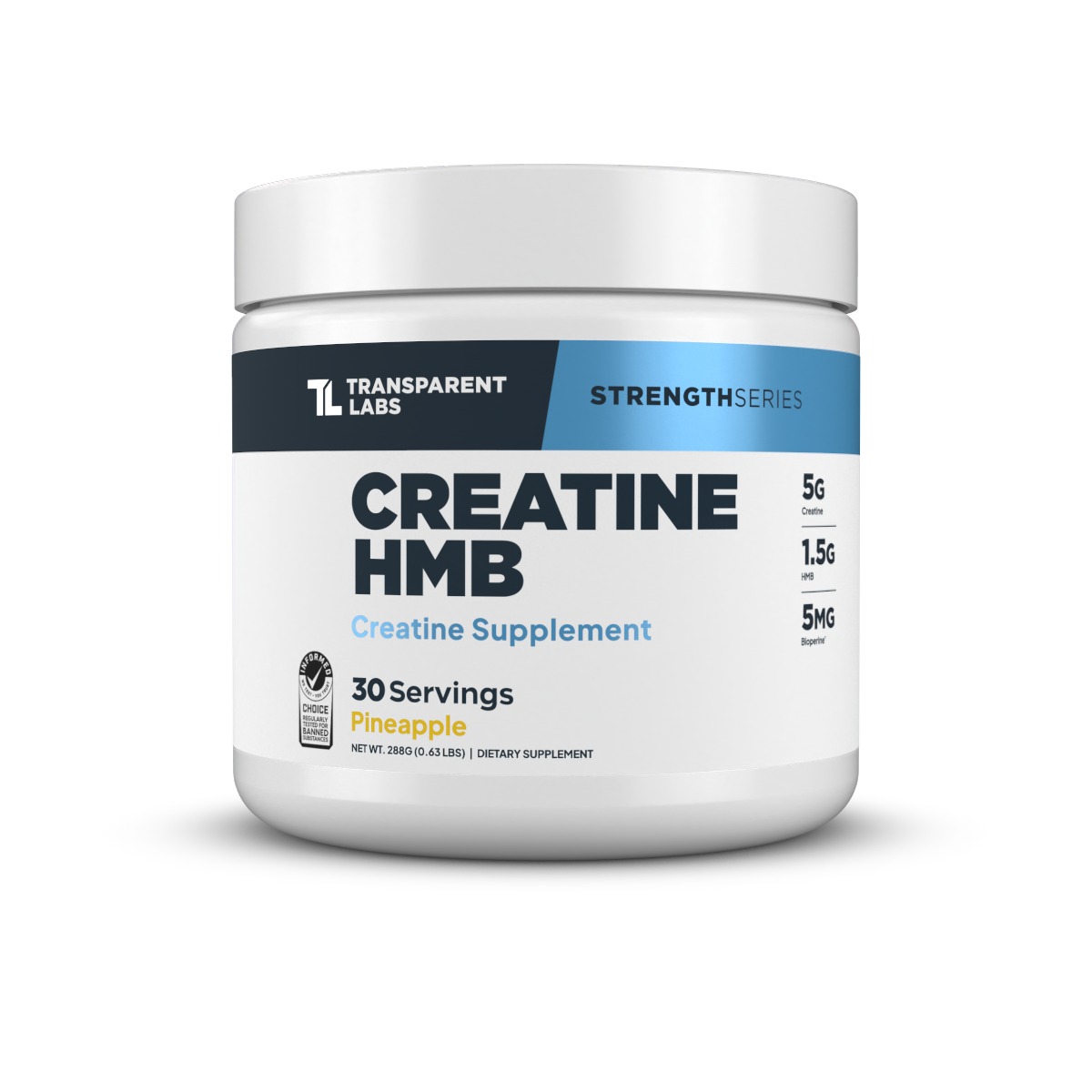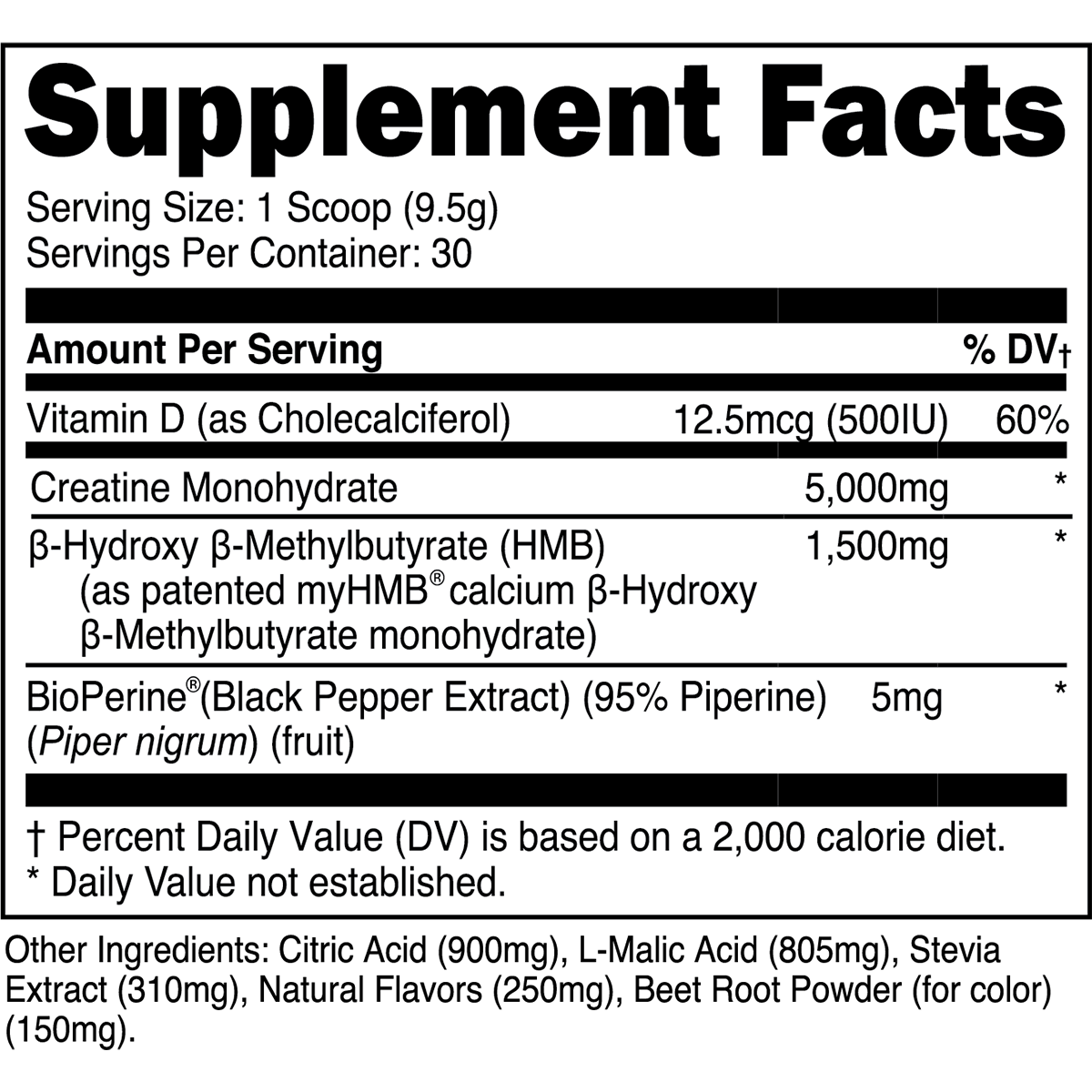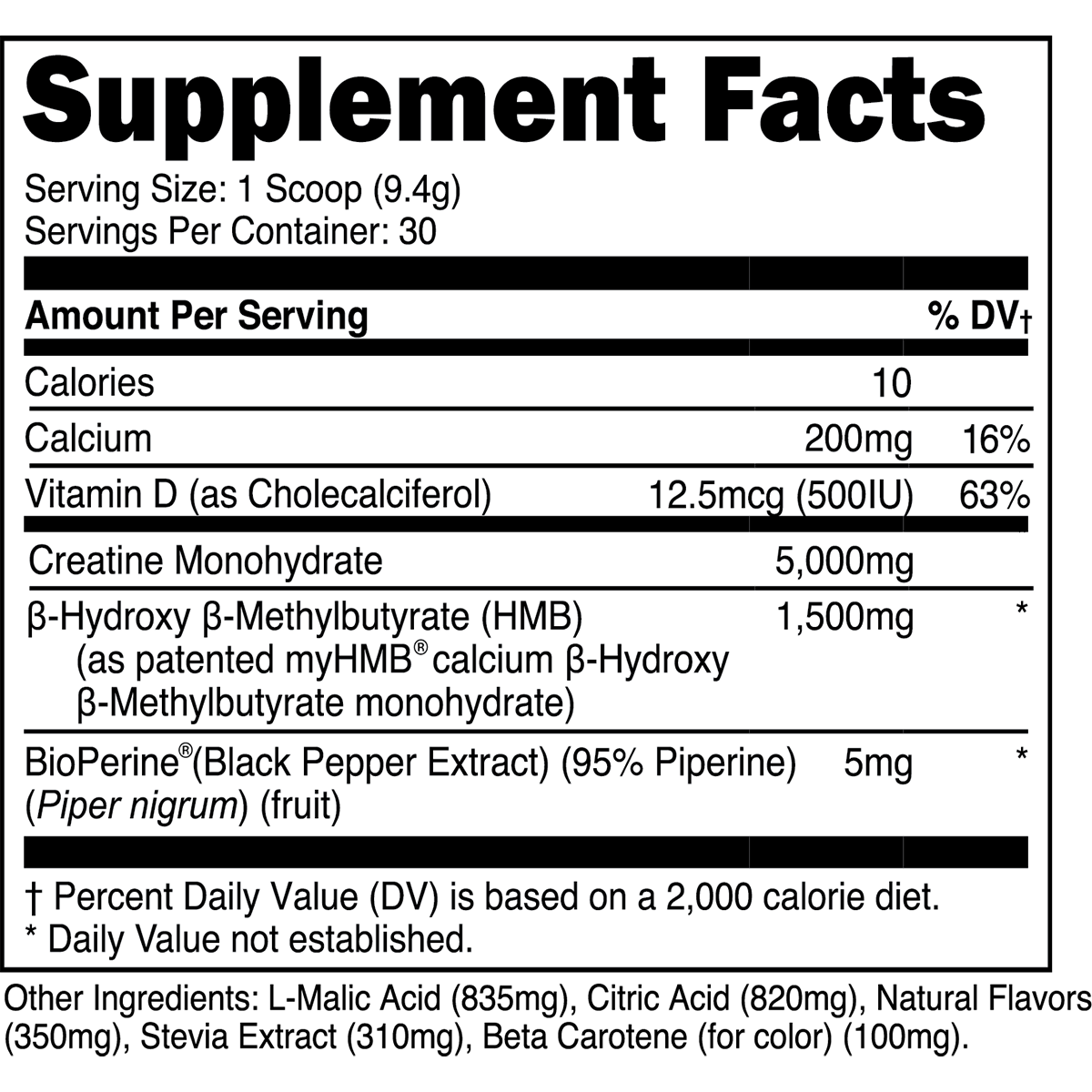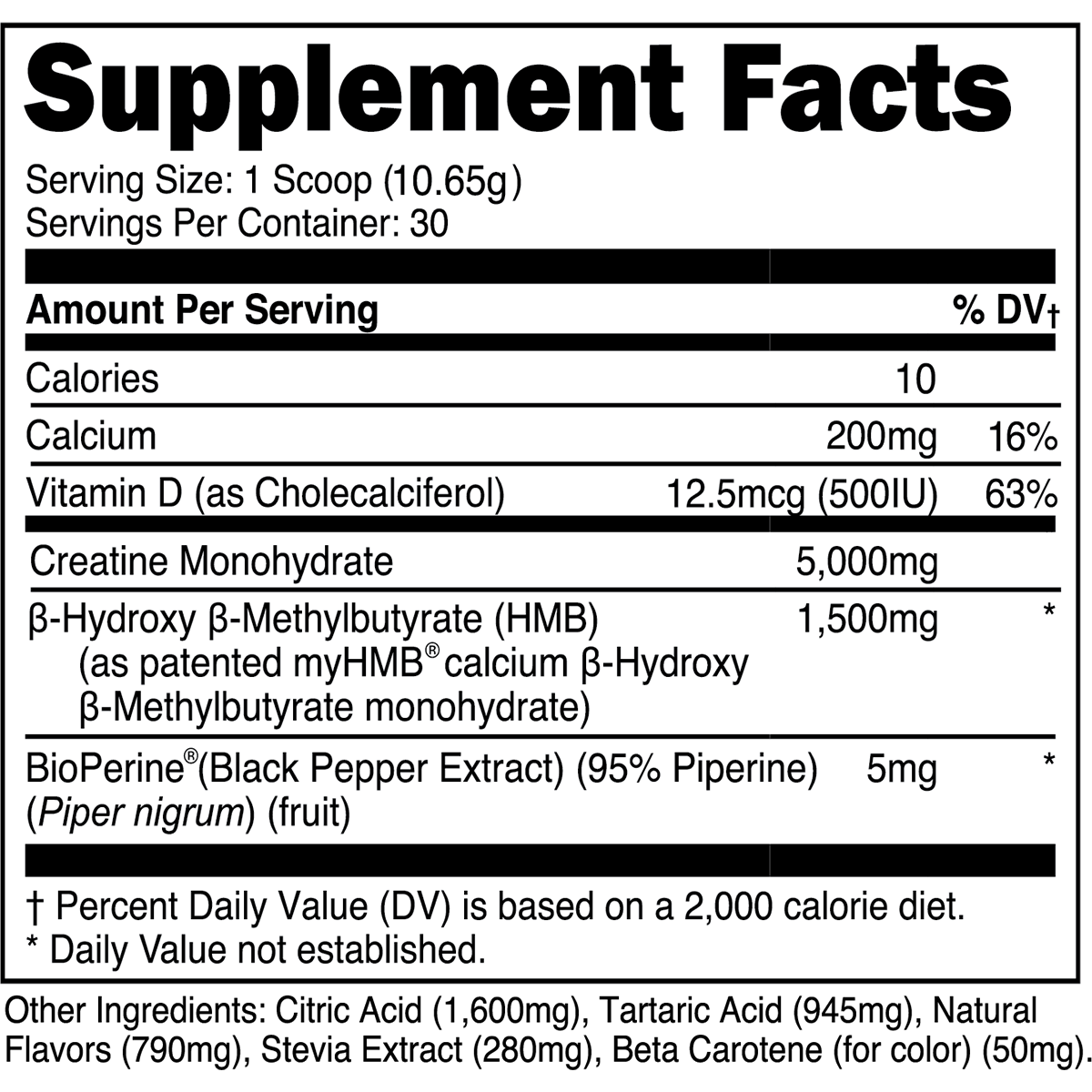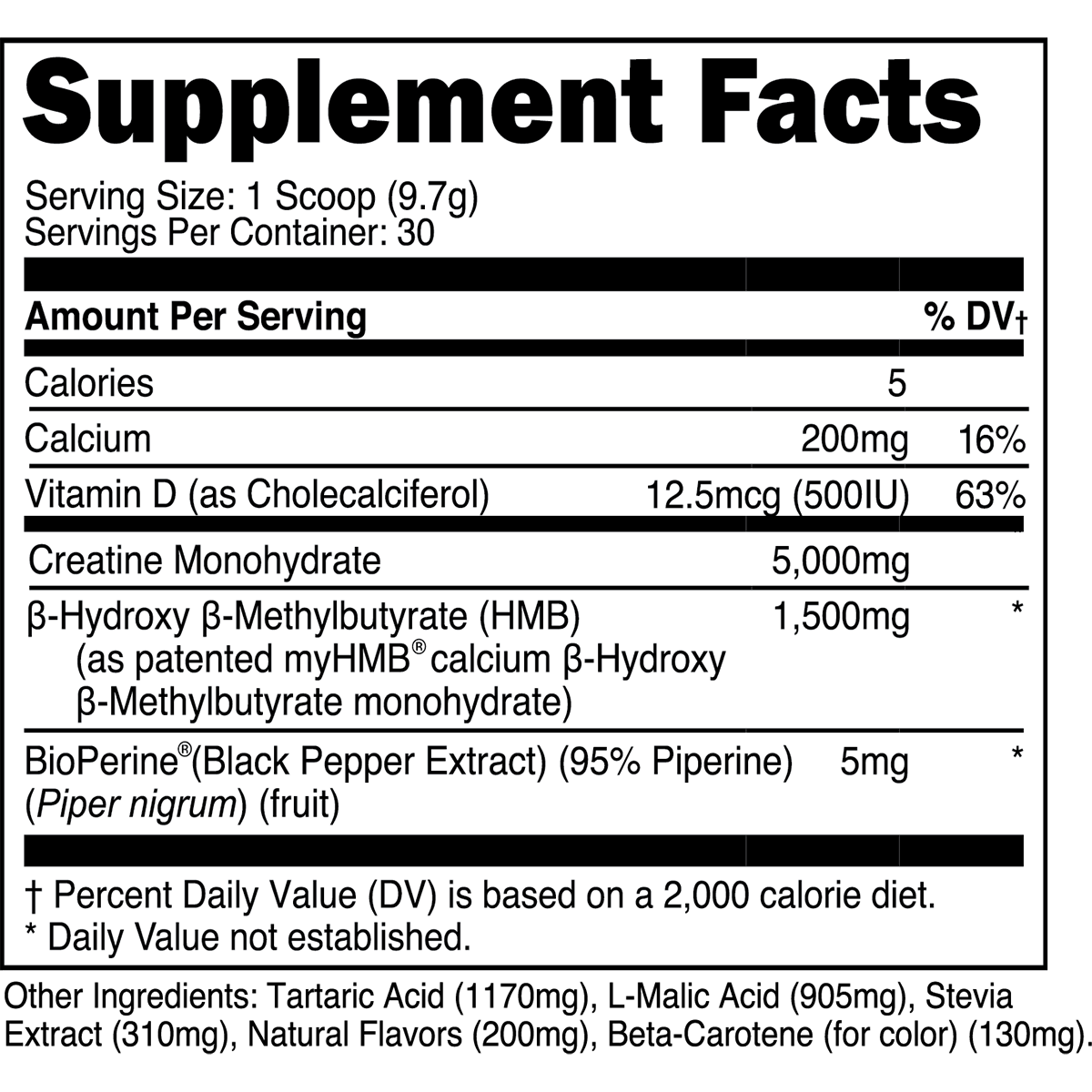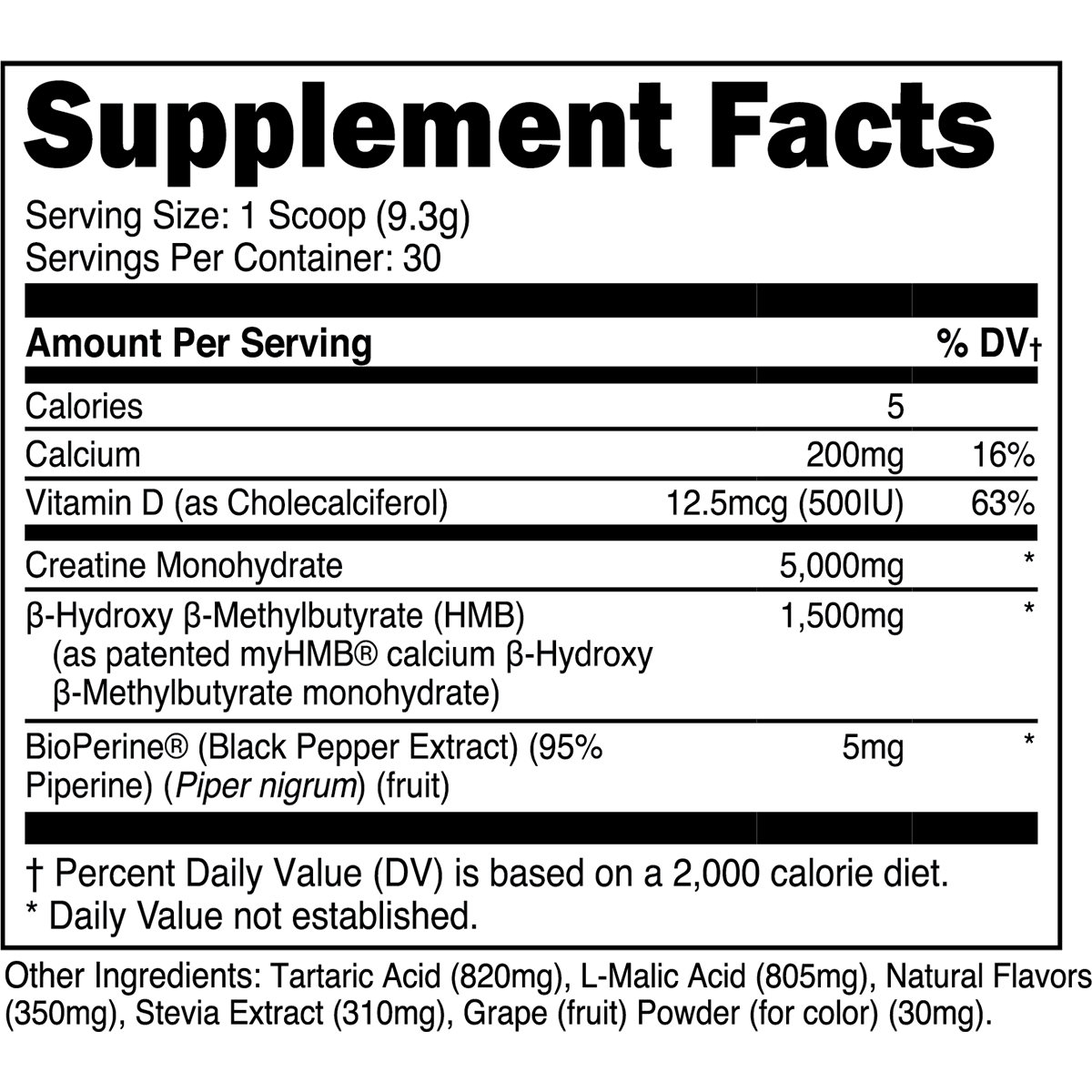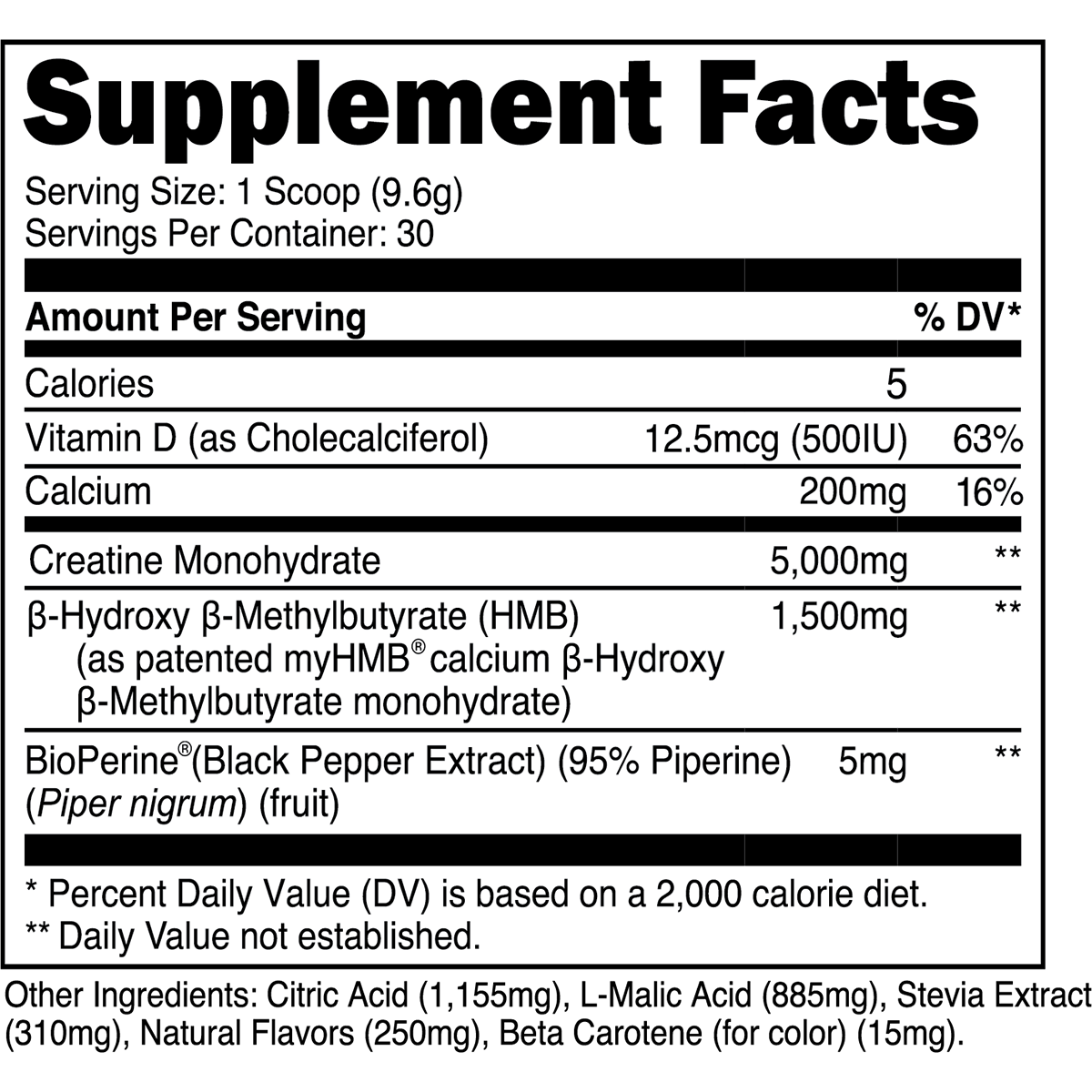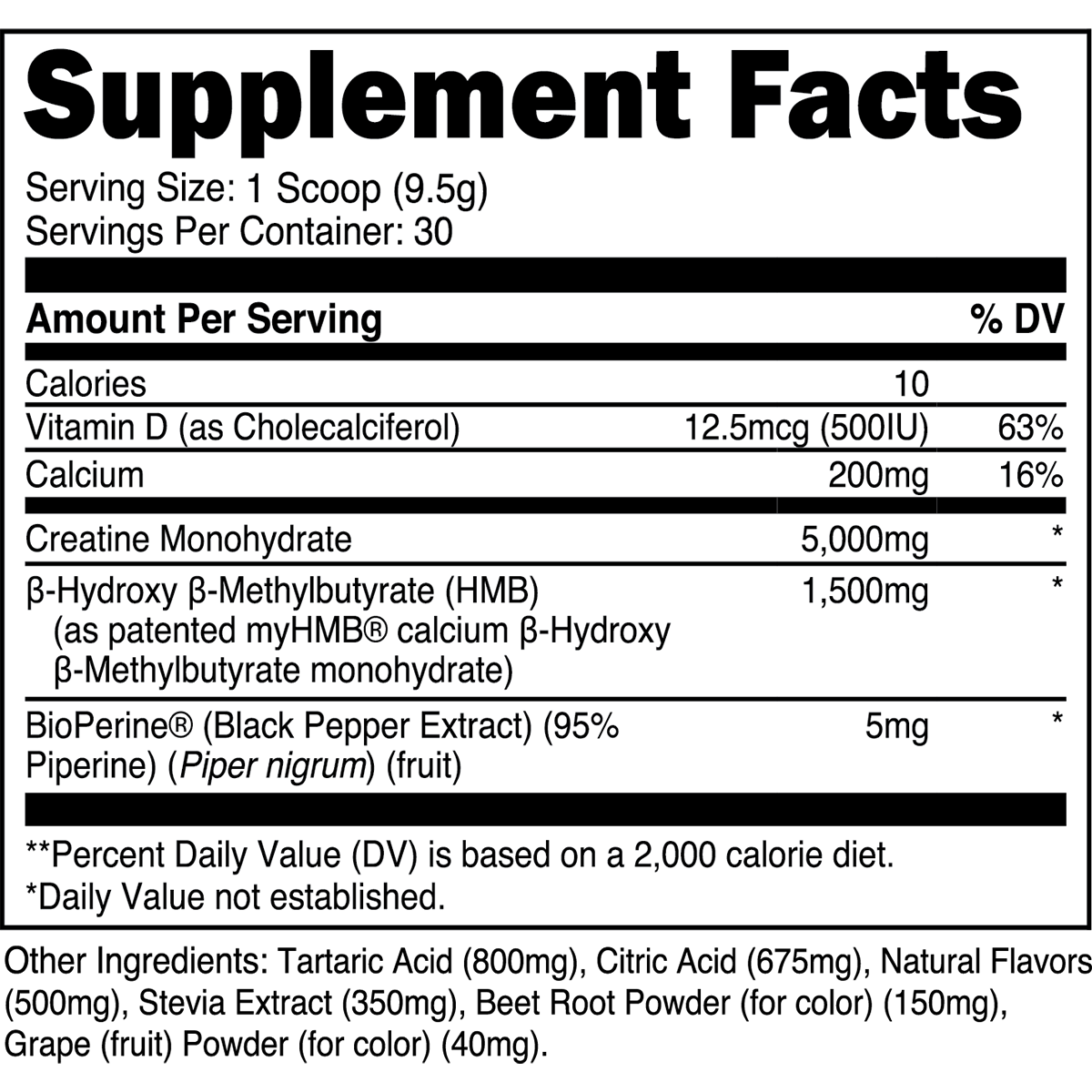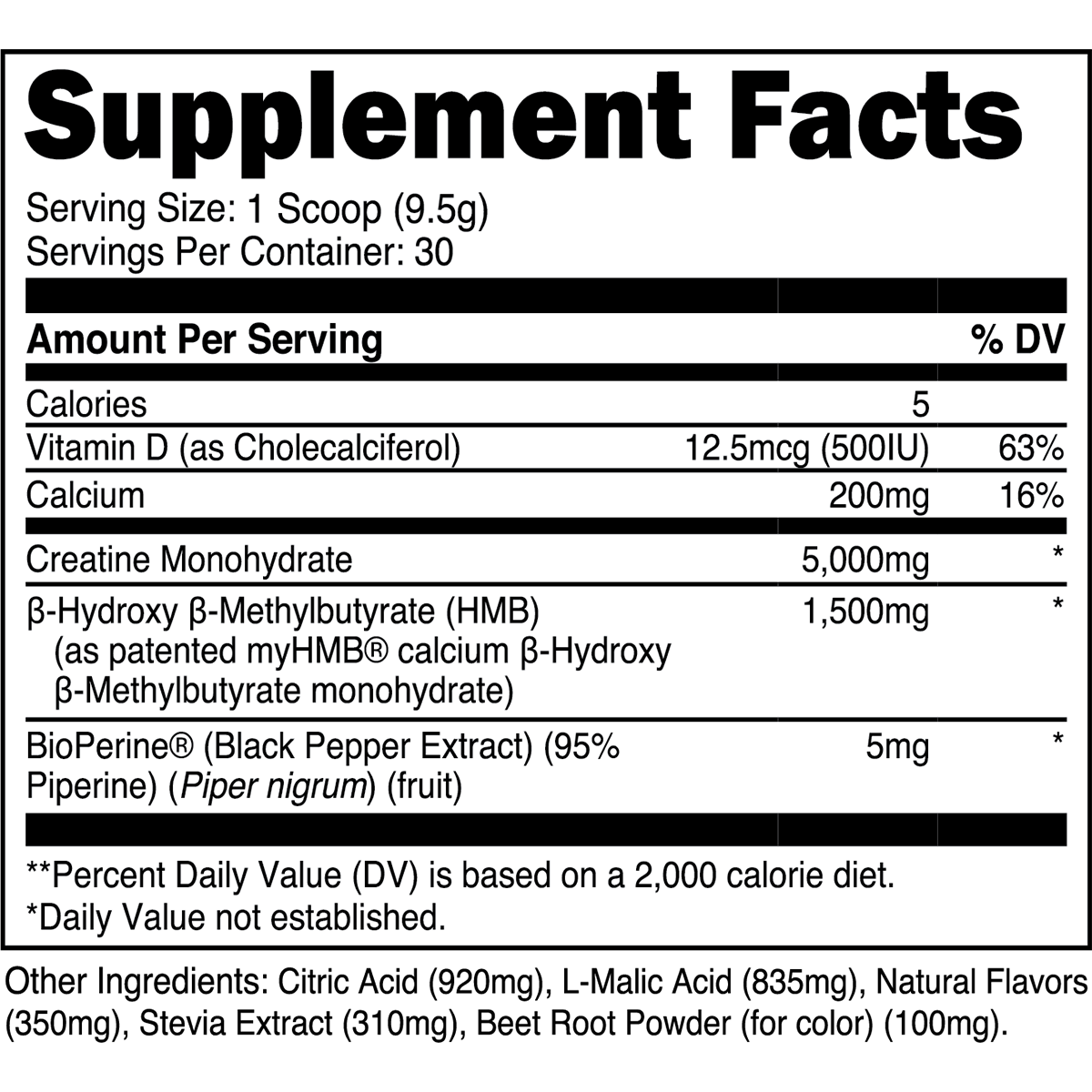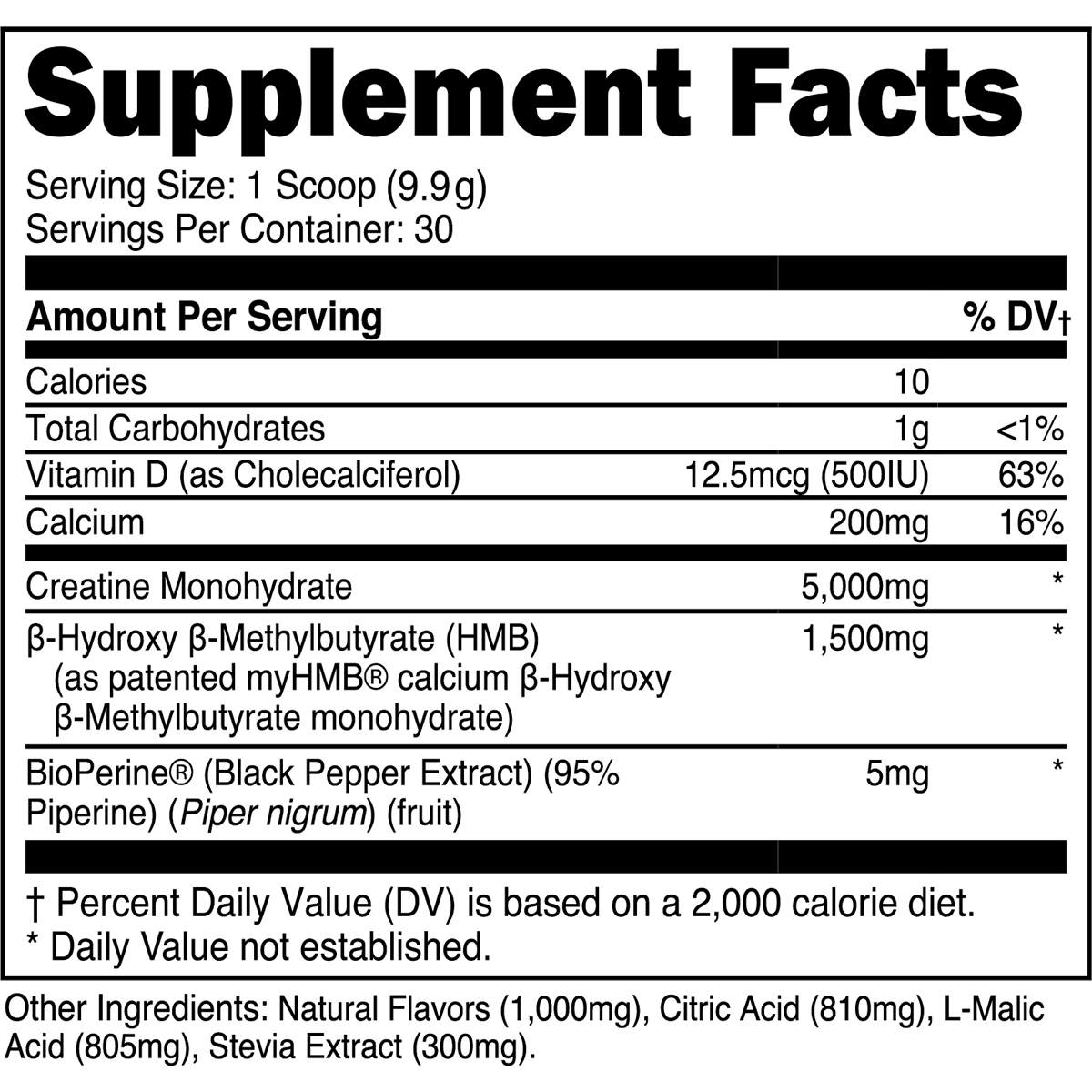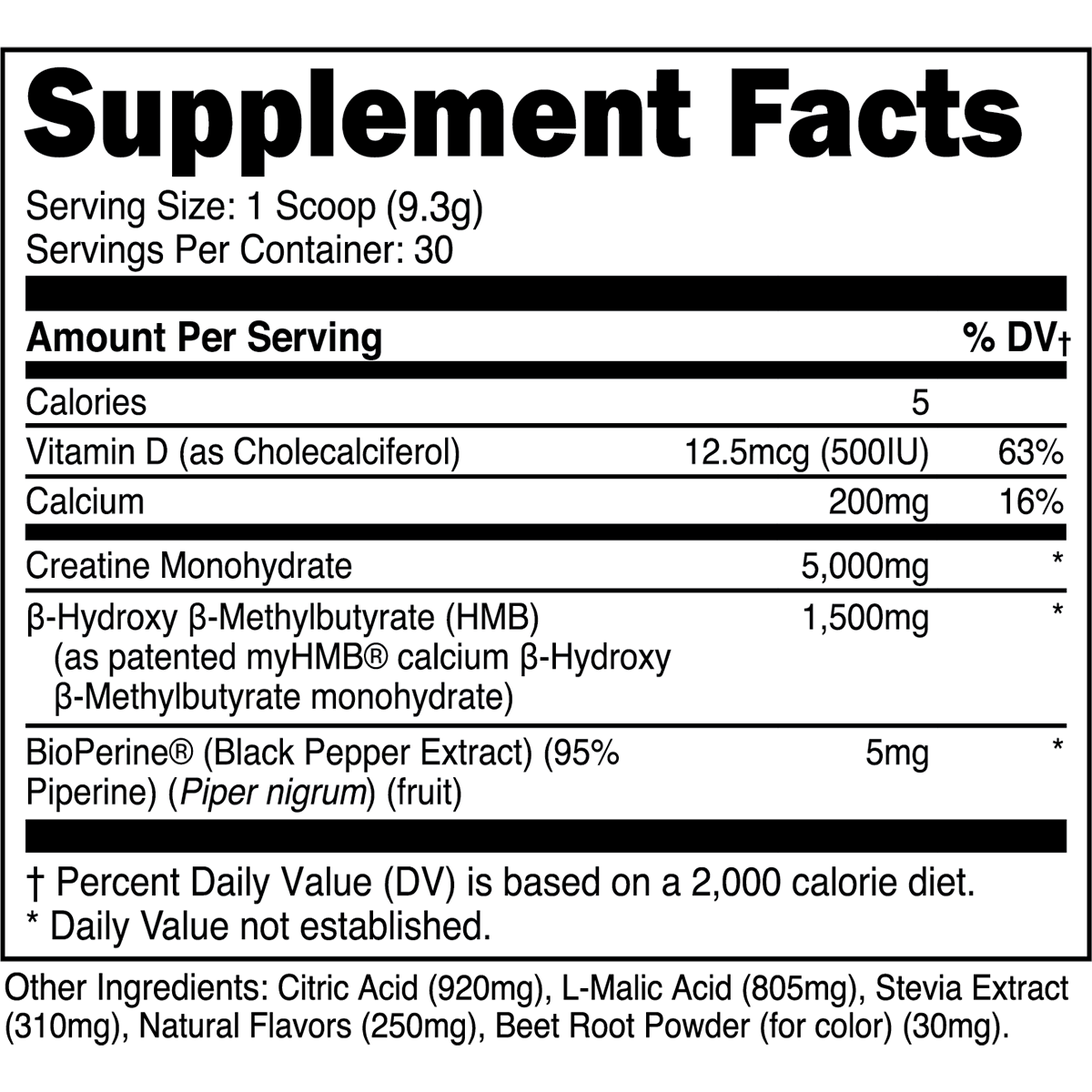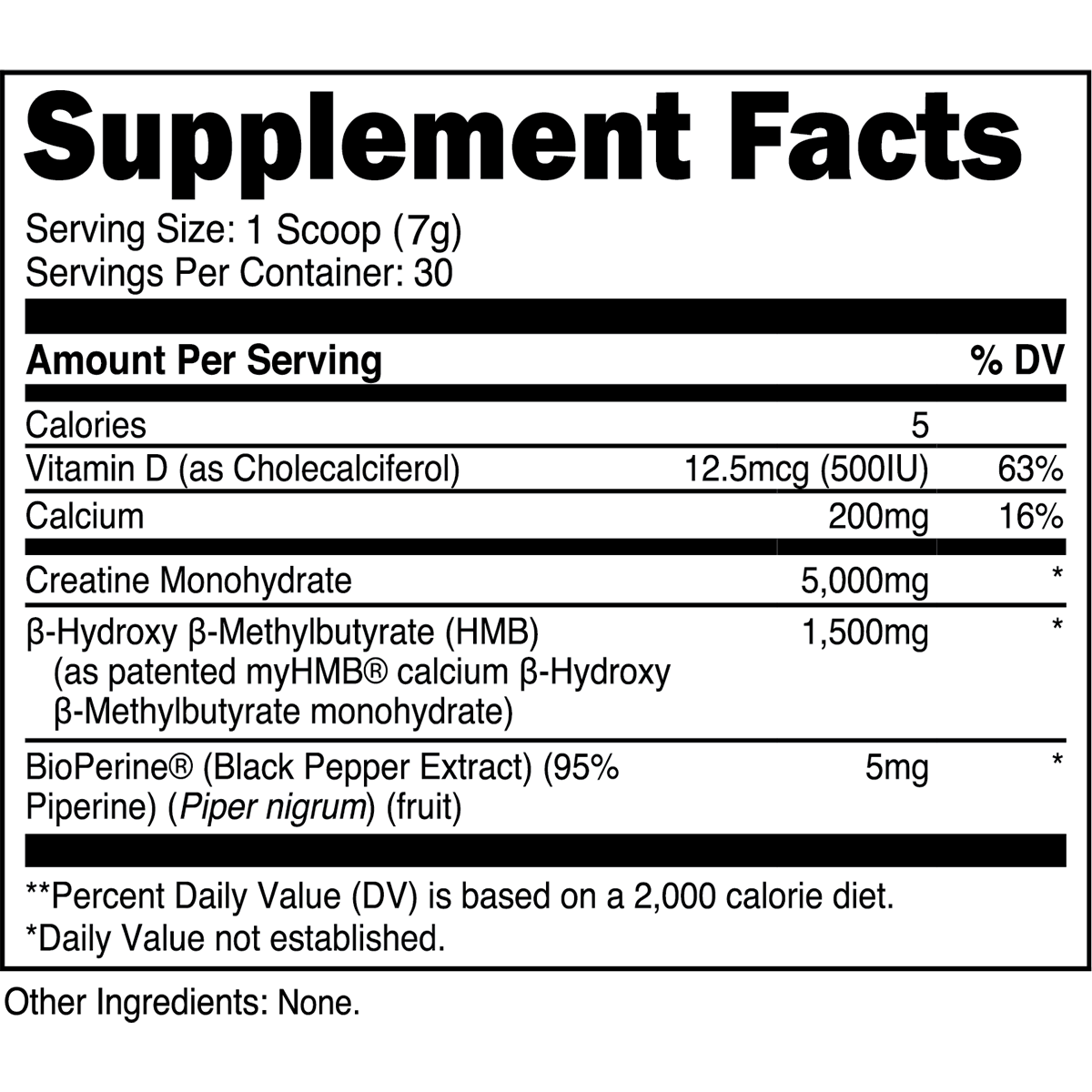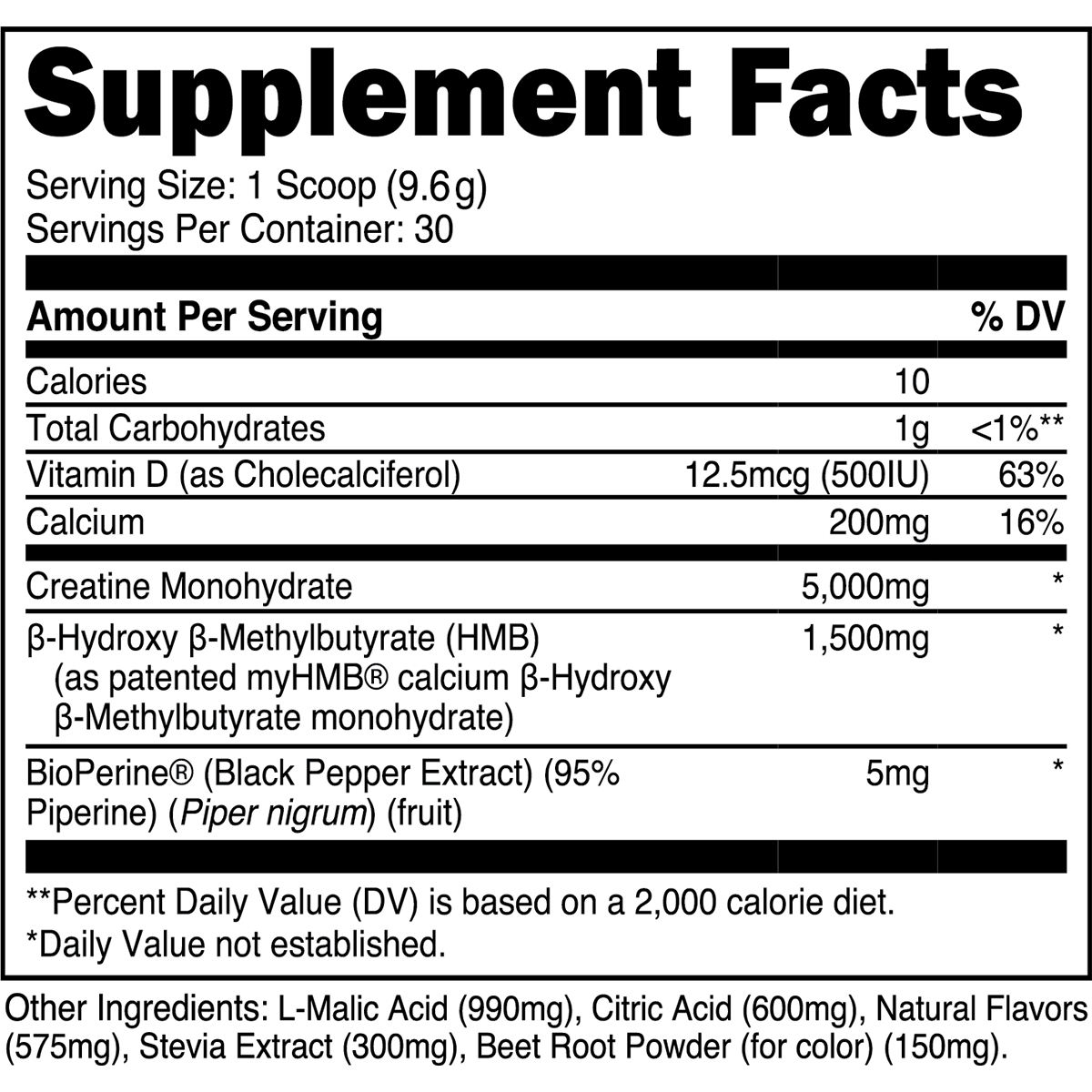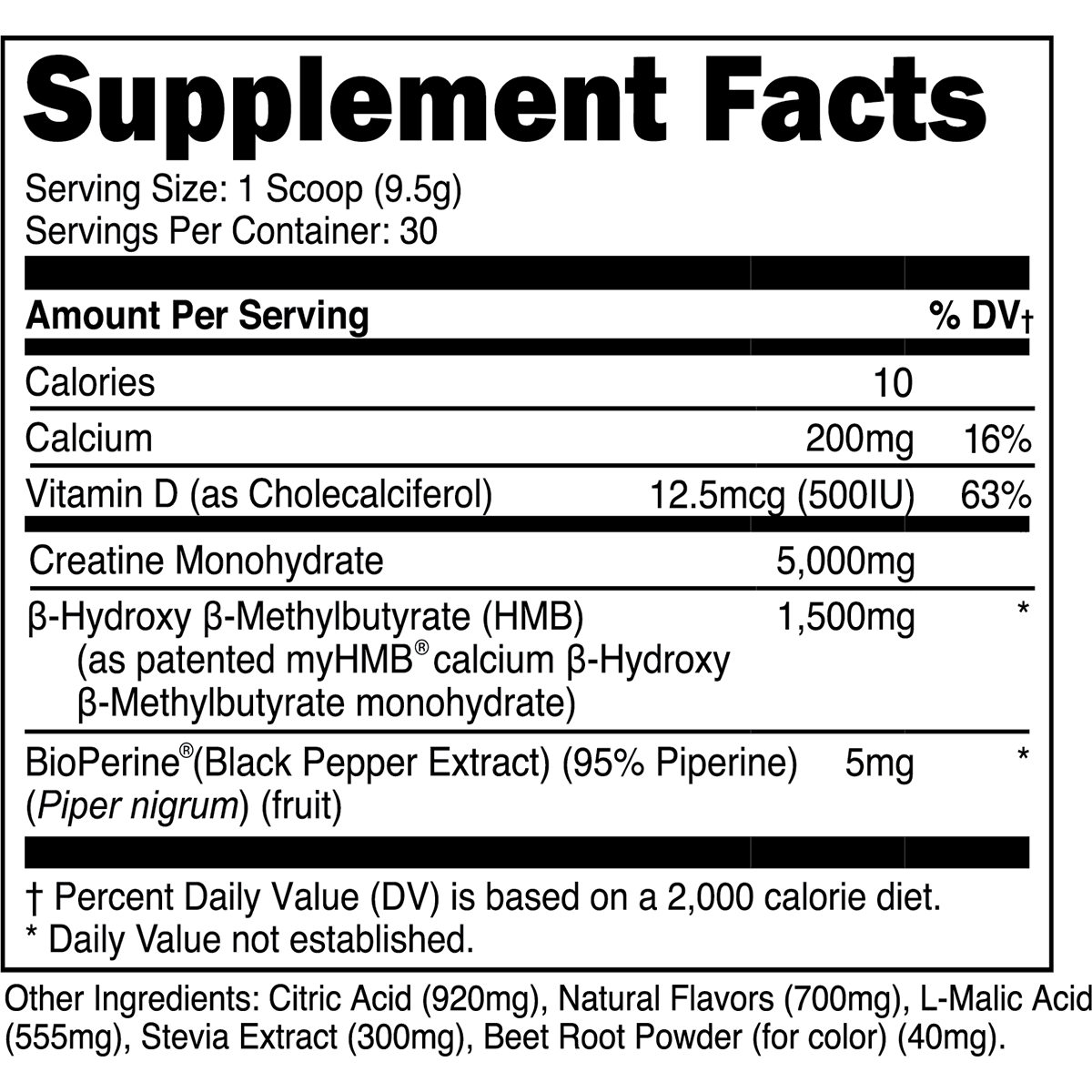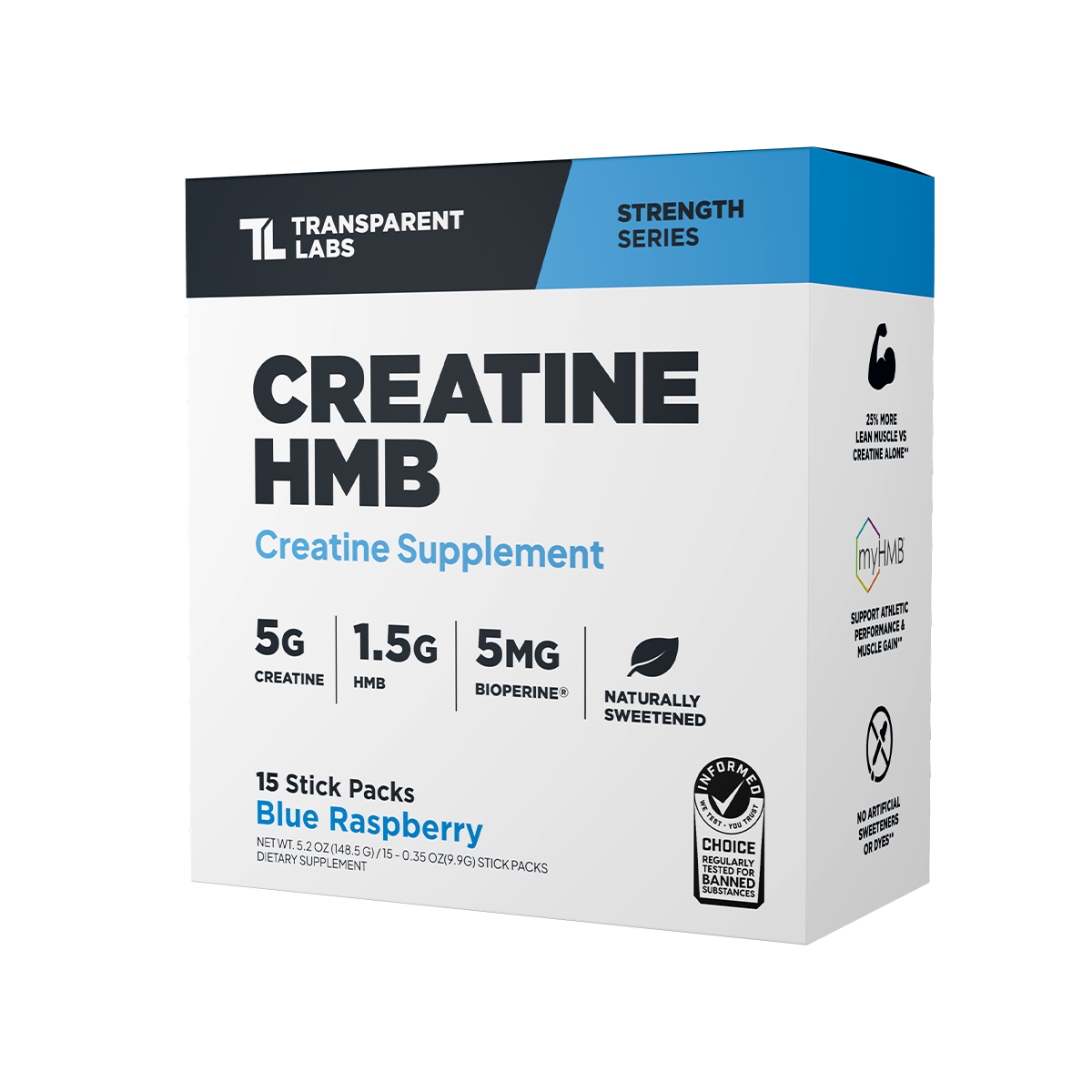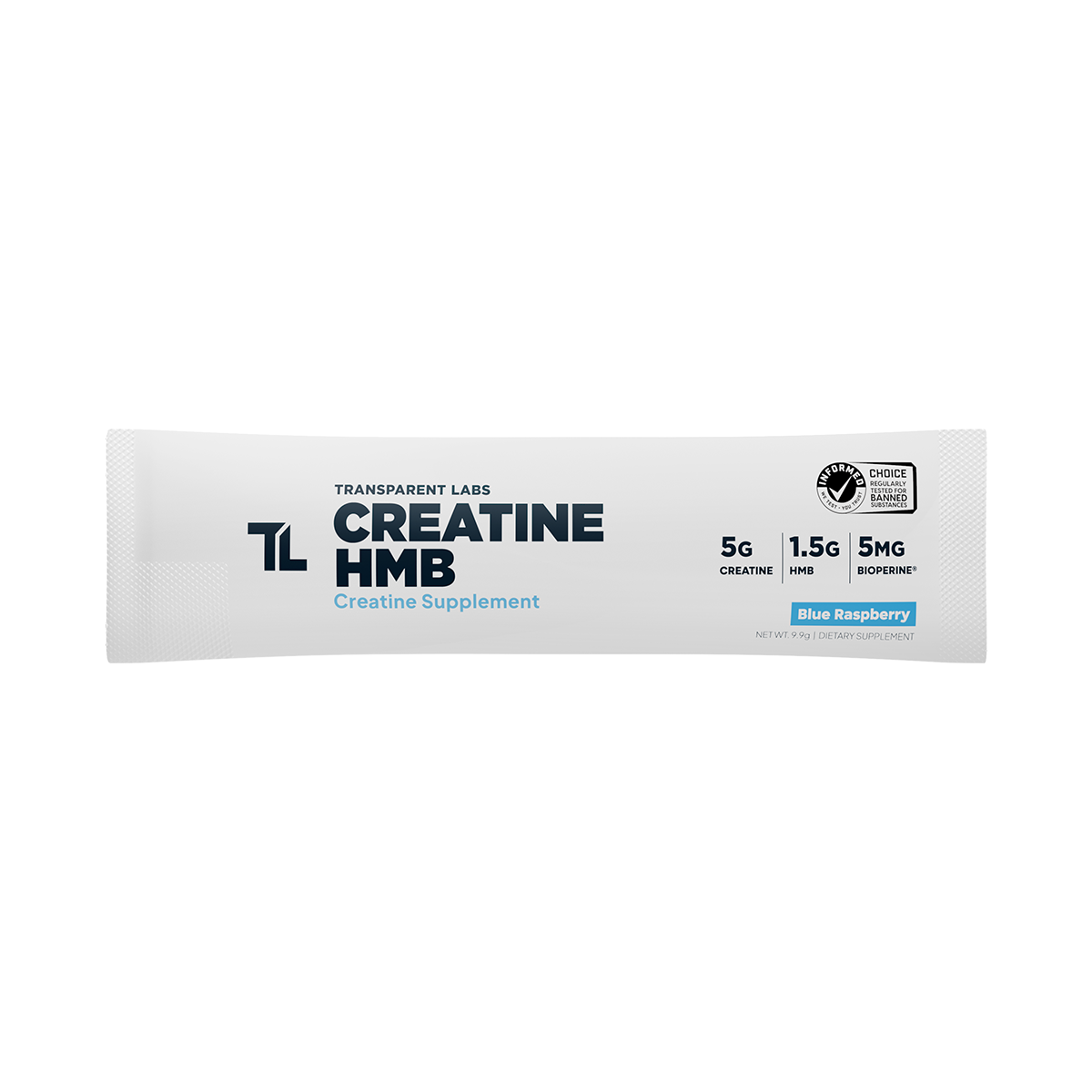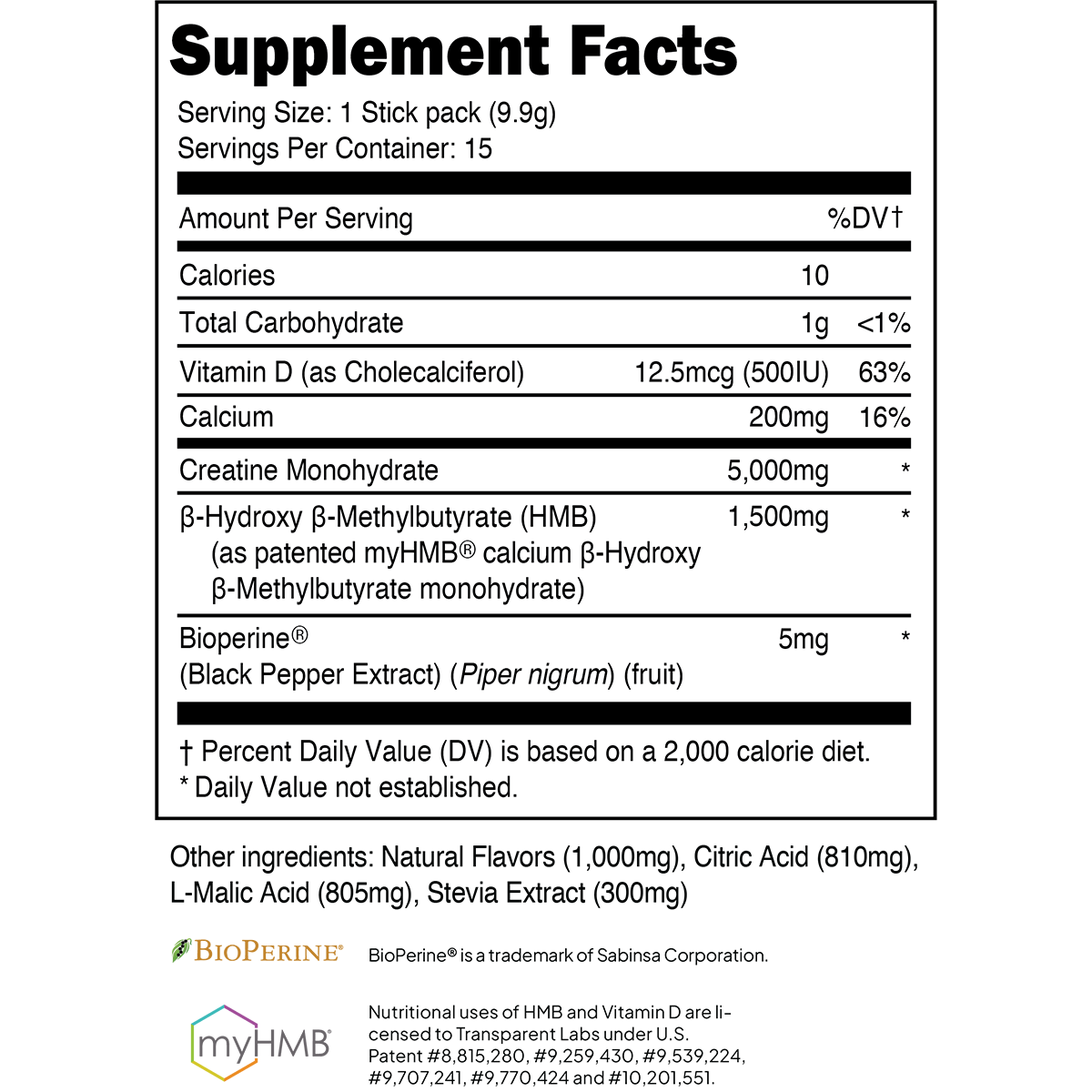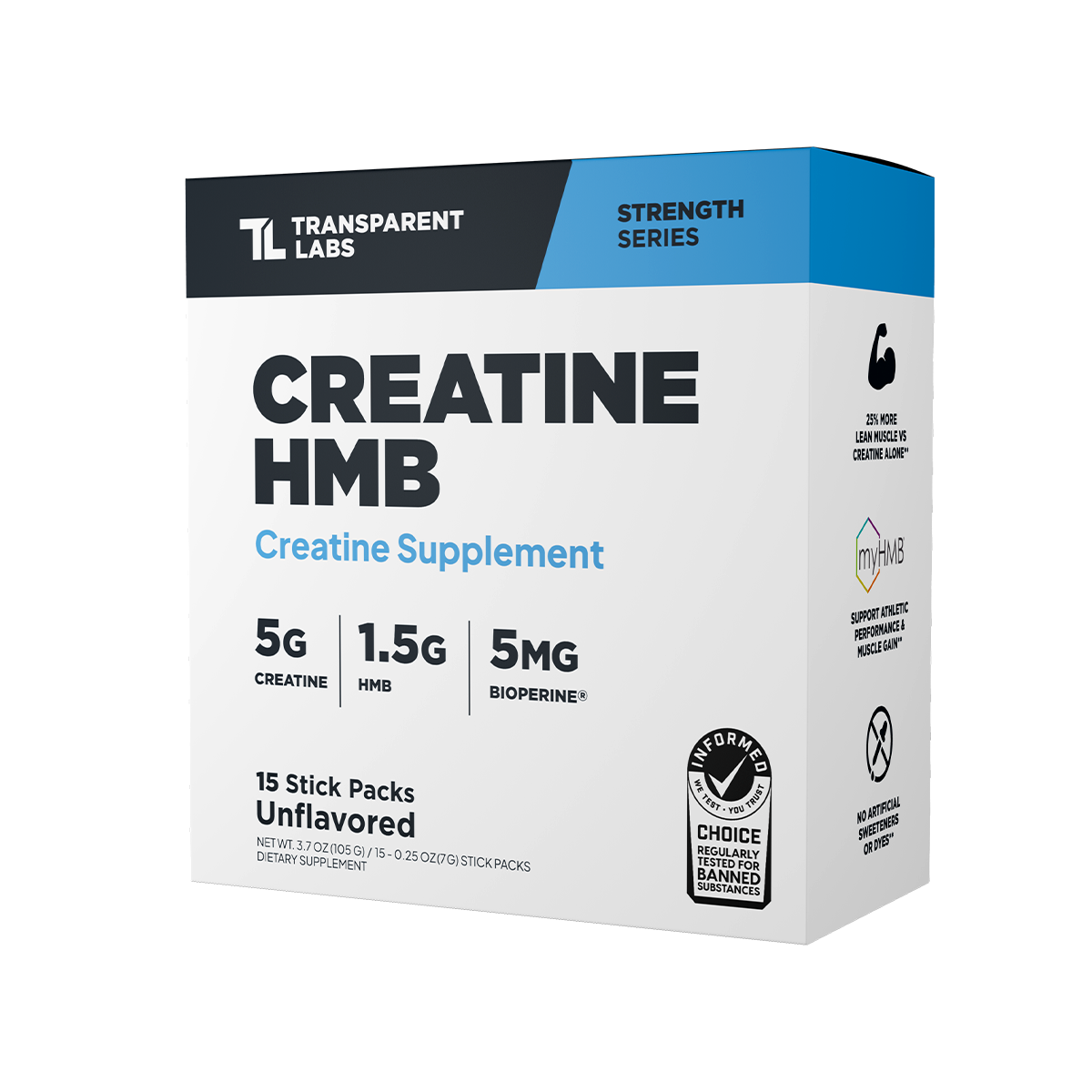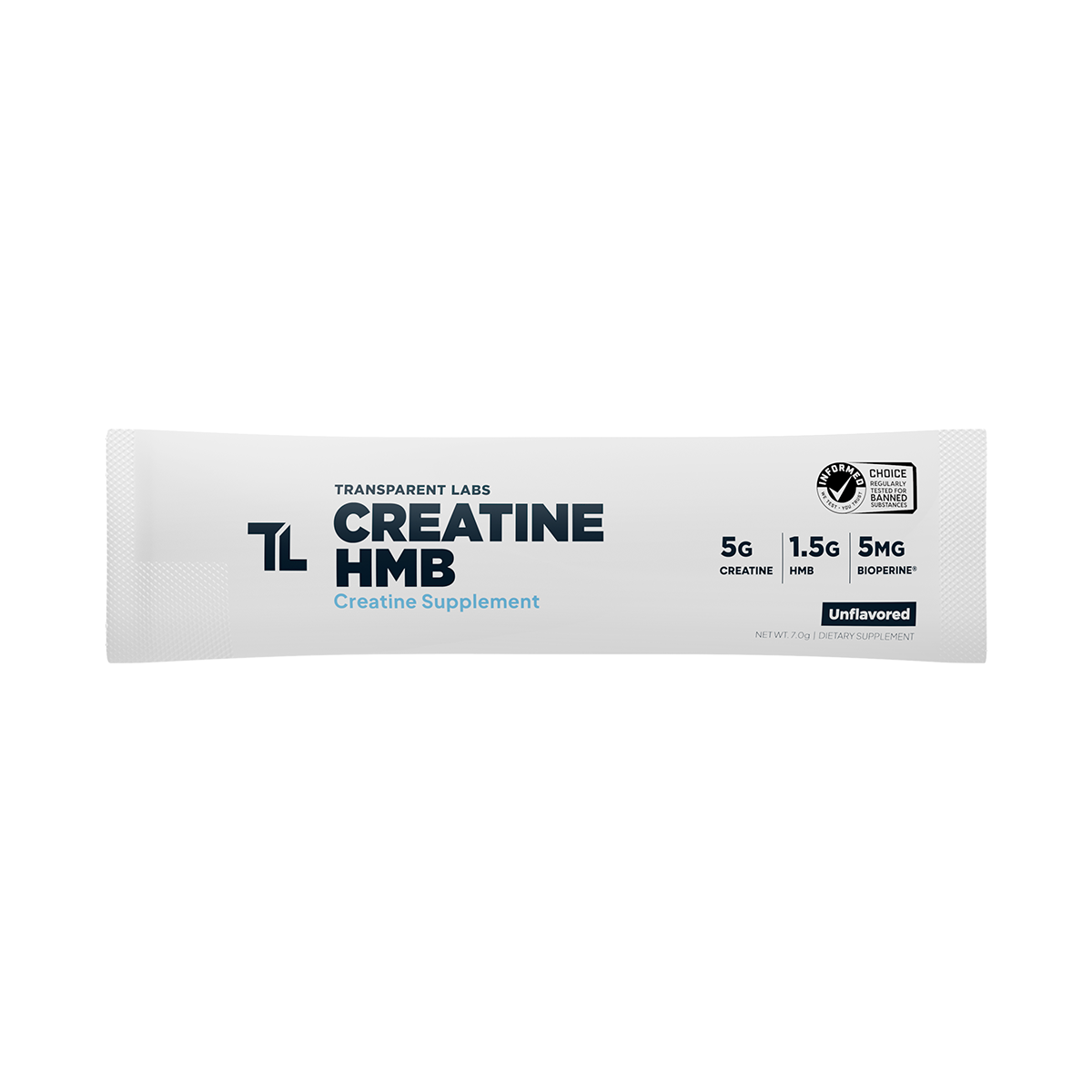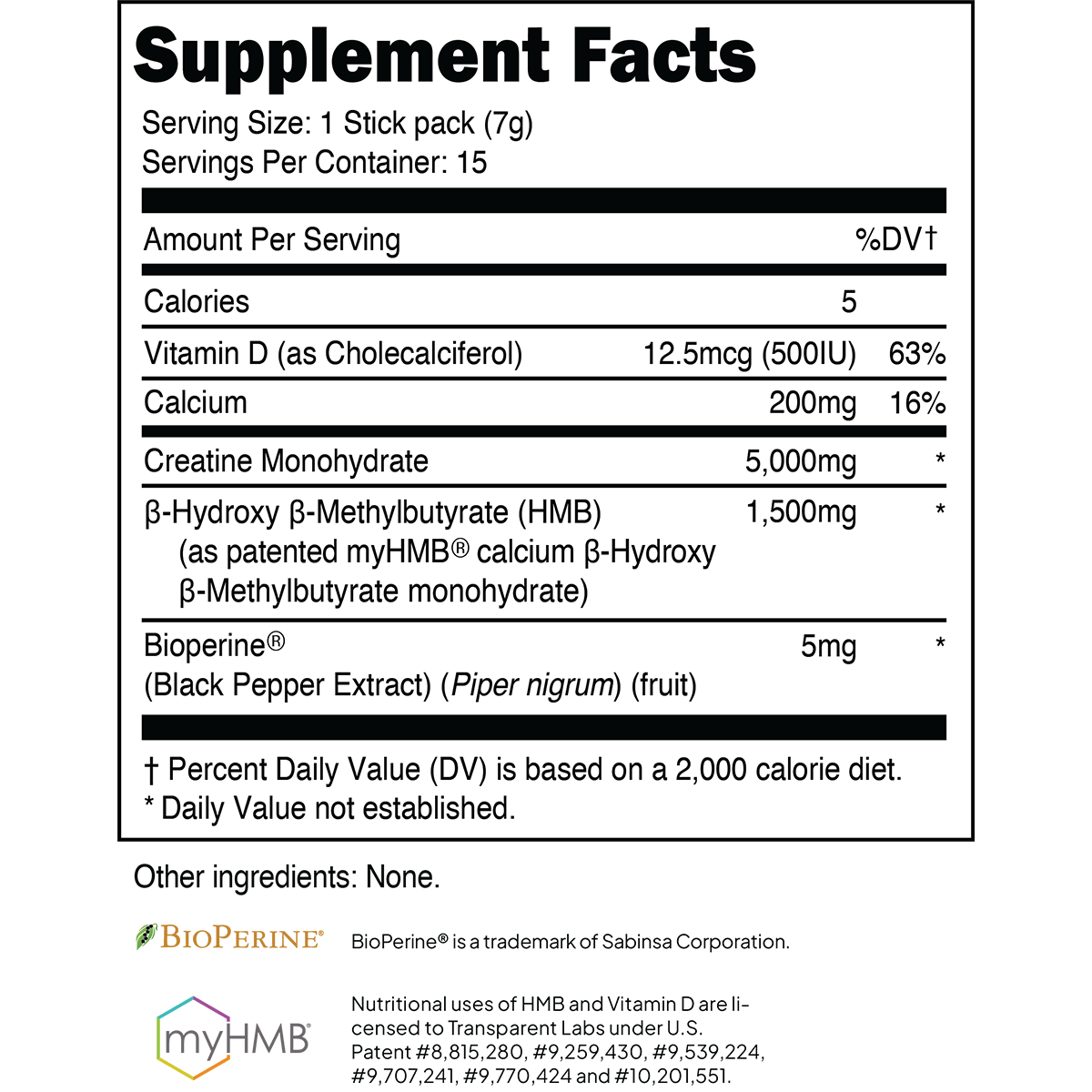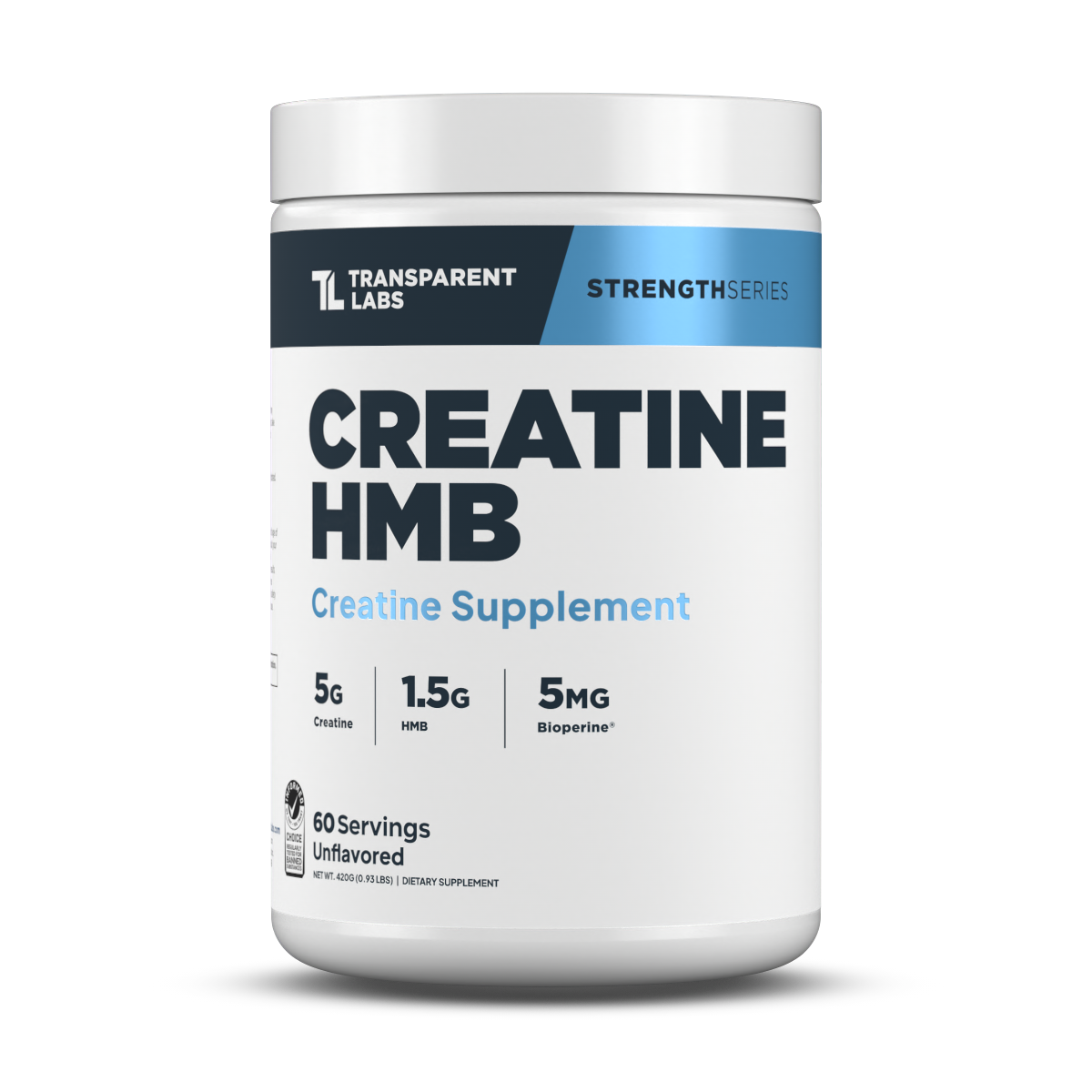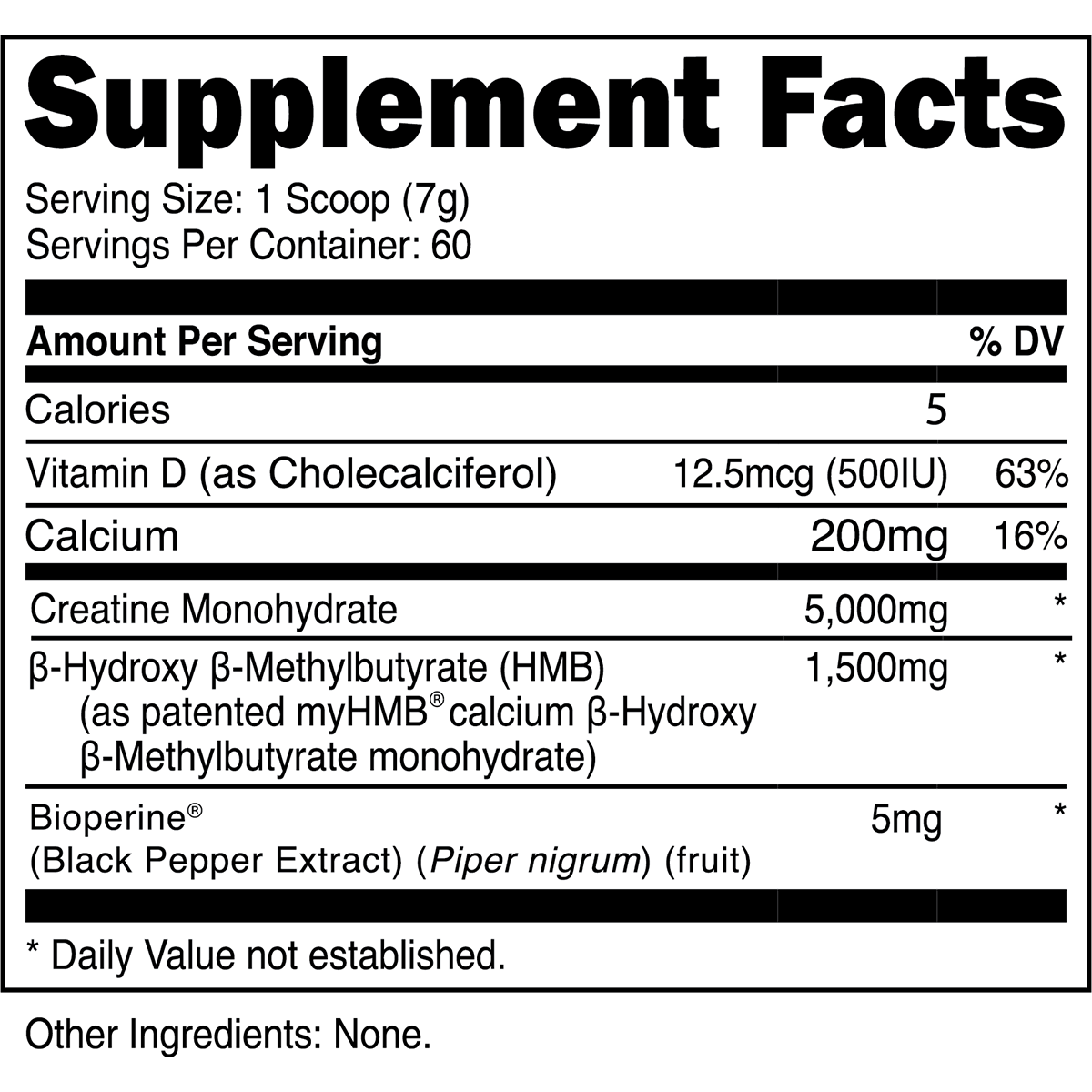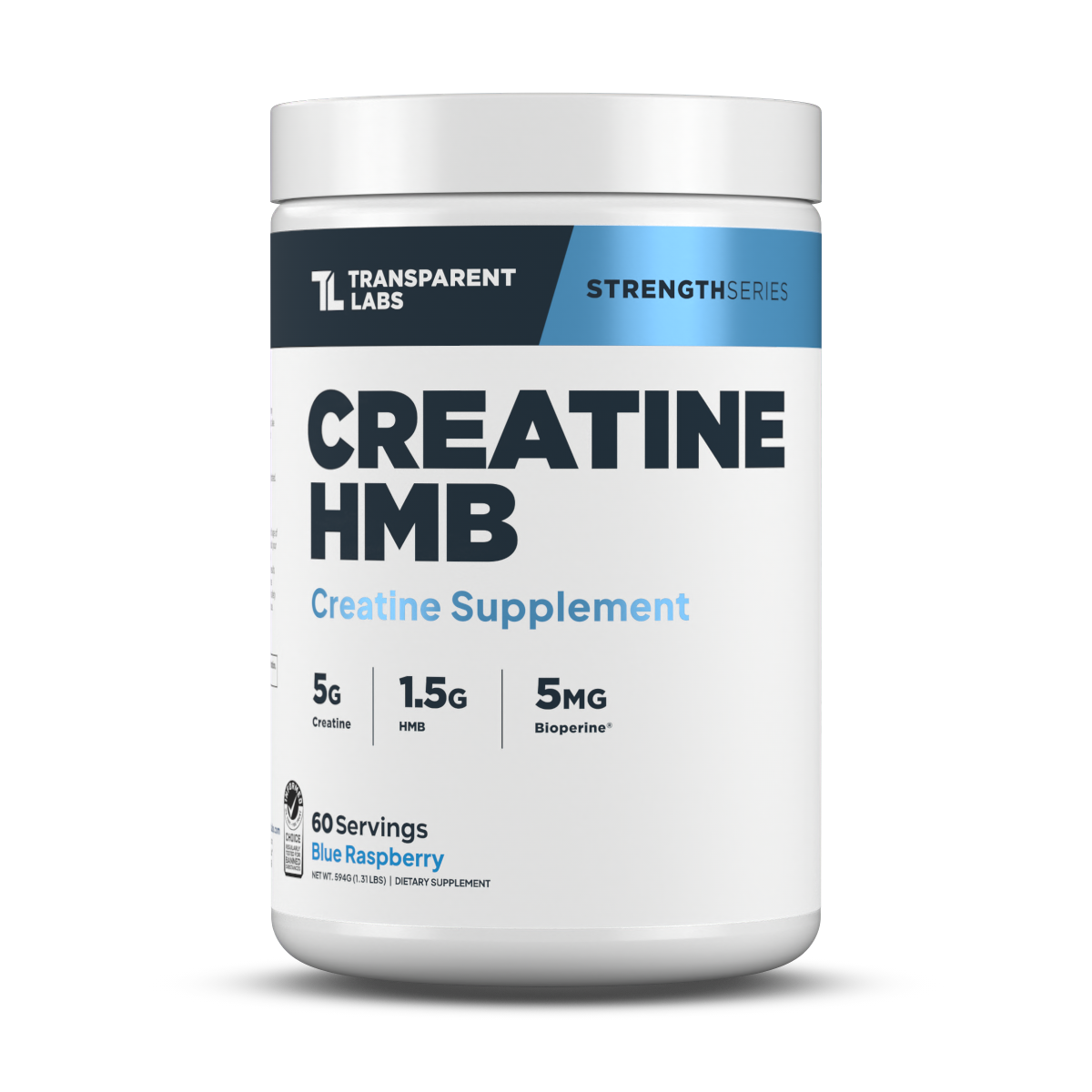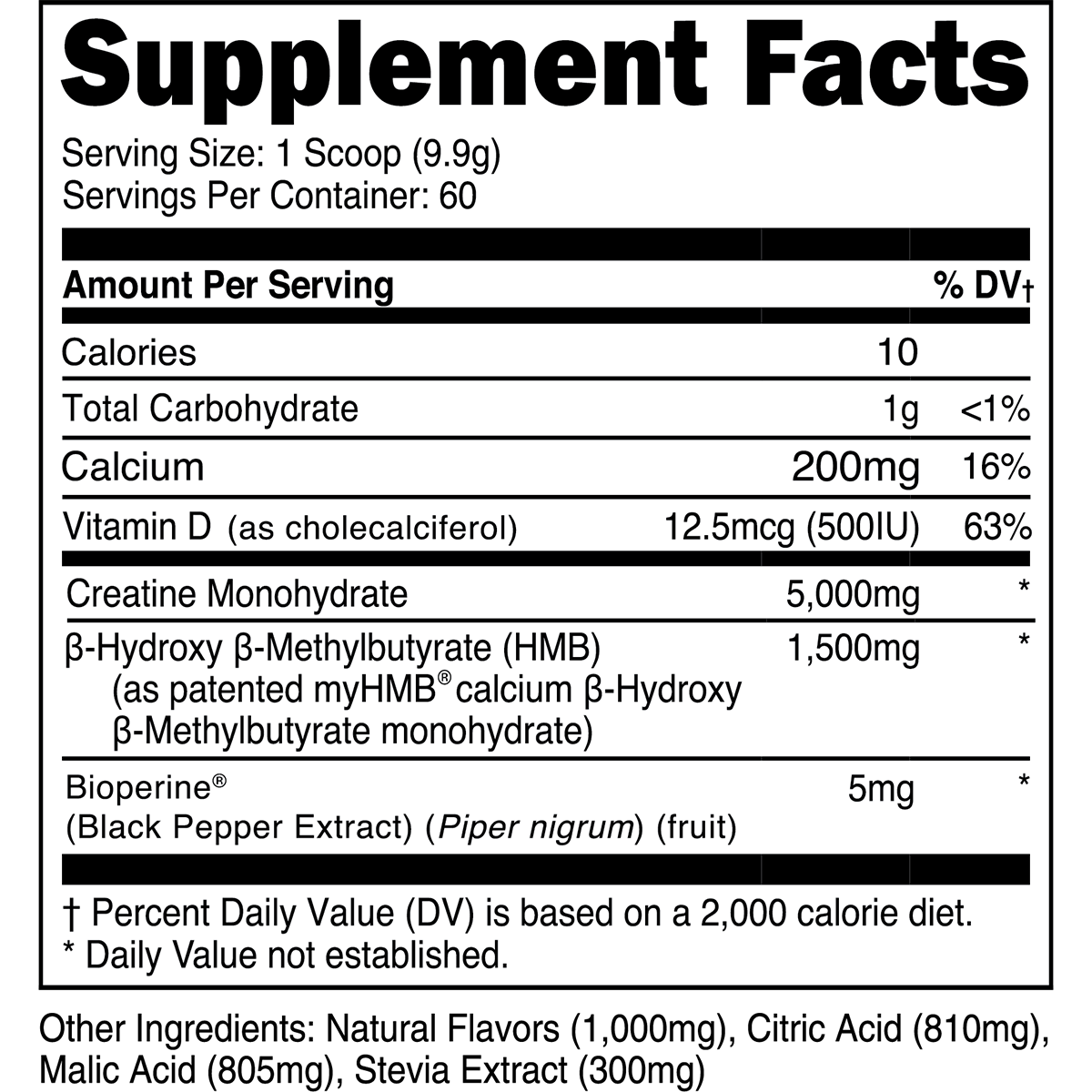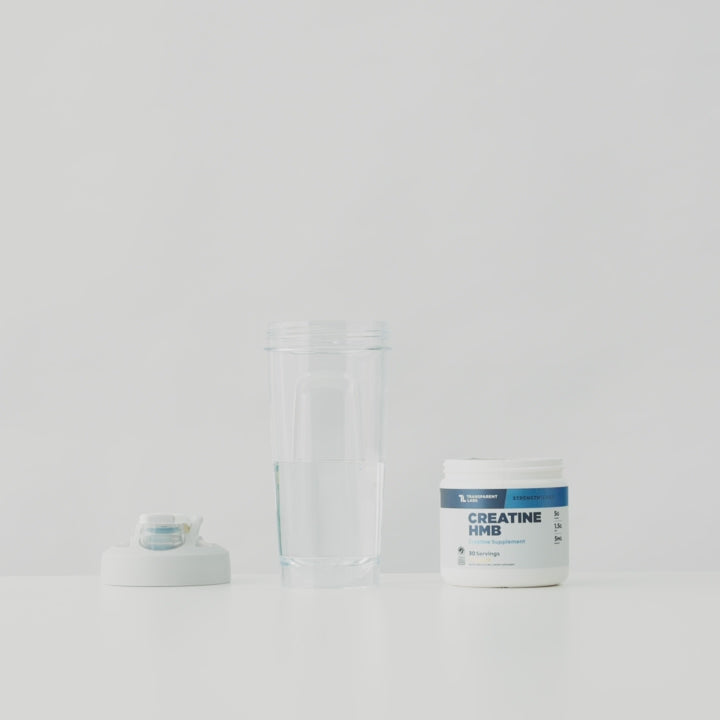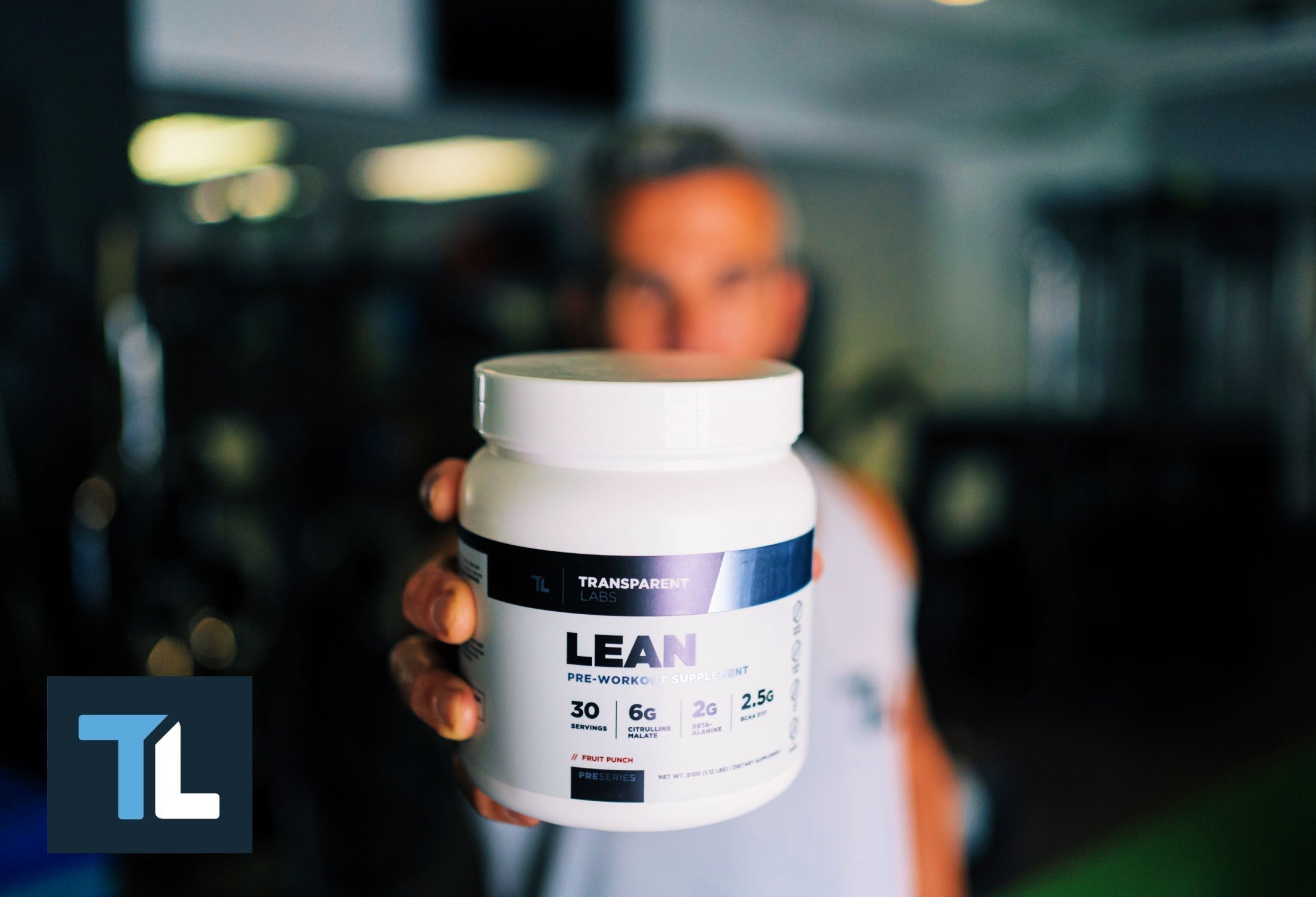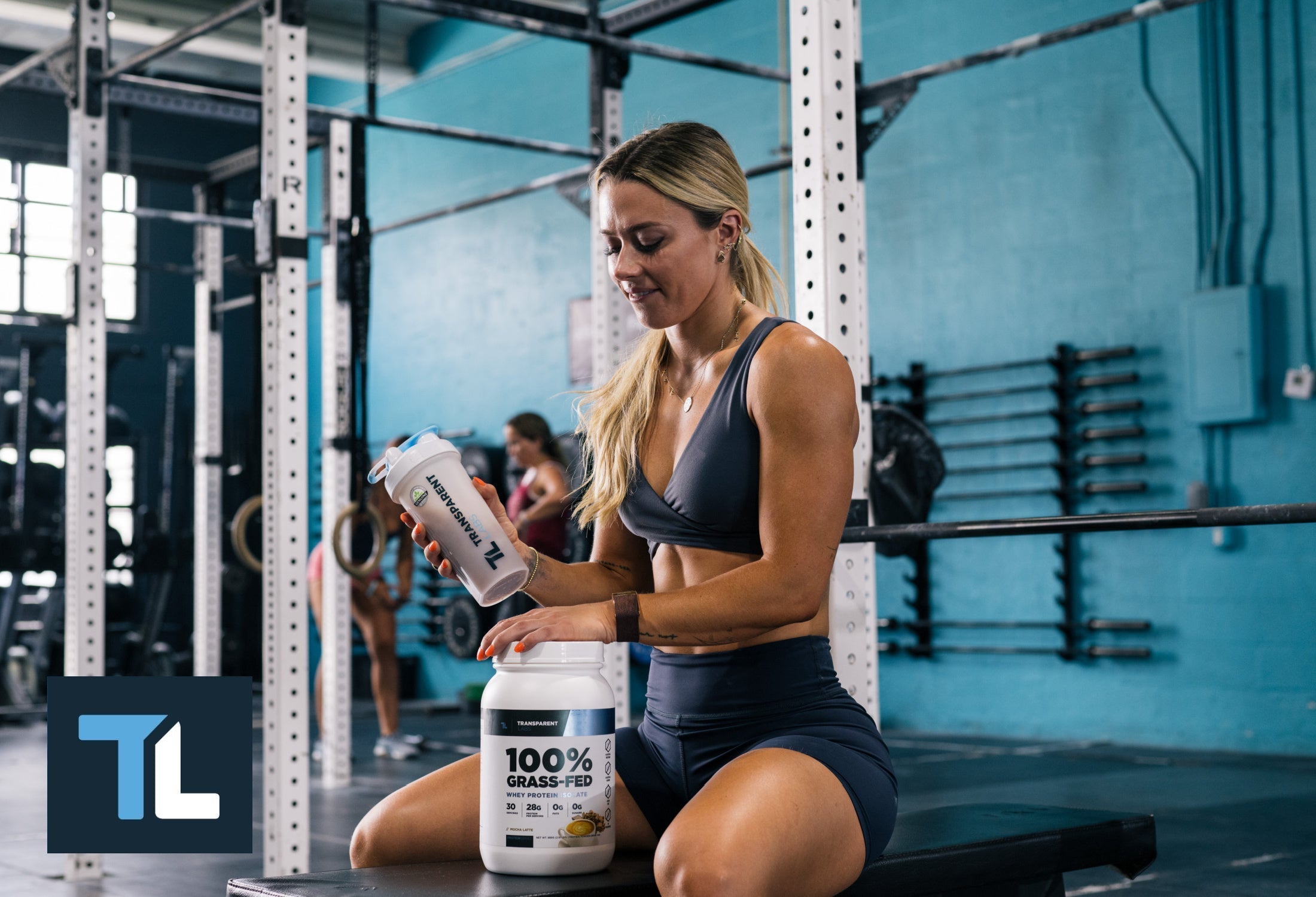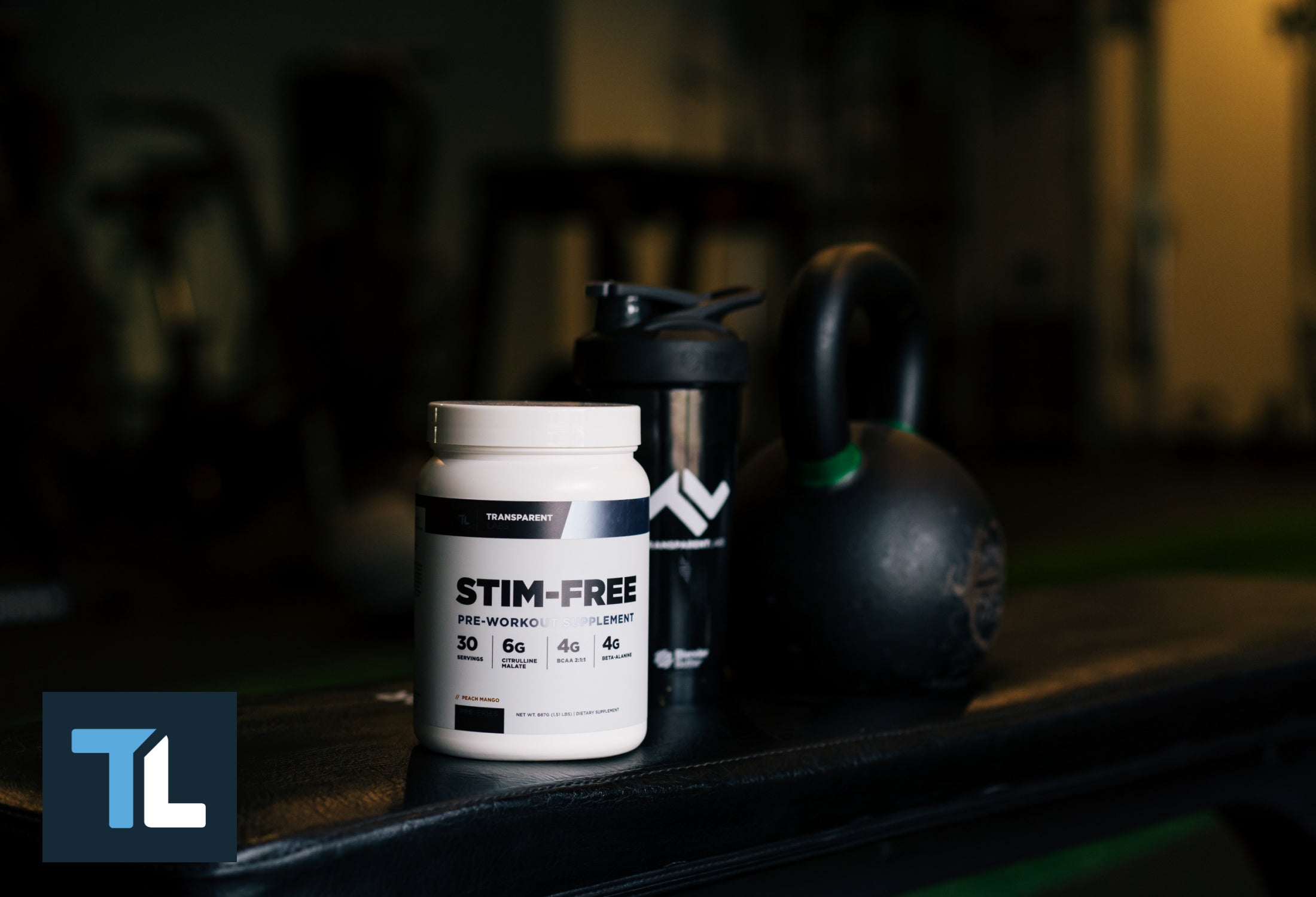Why Progressive Overloading is Necessary for Muscle Growth
The impetus for muscle growth is "progressive overload," which is the application of recurring "stress" over time. But we're not talking about the stress that makes you feel anxious and fearful; rather, we're referring to the physical (or mechanical) stress placed on muscle tissue from exercise, particularly resistance training.
It may help to think of progressive overload as a "new challenge" for your muscles. As your muscles adapt to lifting a certain amount of weight, they need a greater challenge the next workout to keep growing and getting stronger. Thus, progressive overloading is the core principle governing muscular adaptations.
However, that's a (very) simplified overview of progressive overload. Many physiological processes underpin why progressive overload engenders muscle growth and strength gains. This article won't go into too much detail on them as they are complicated and still somewhat misunderstood from a scientific standpoint [1].
Instead, we're going to focus on why progressive overload is essential for all gym-goers, athletes, and bodybuilders alike. You'll also learn more about key variables that dictate progression and how to incorporate them into your workout routine.
Resistance Training and Progressive Overload
Regardless of your training routine, progressive overload is a must if you want to perform better, build muscle, and be stronger. This is due to muscular adaptations; muscles require new forms of stress (via exercise) to grow continually. In this sense, your muscles are a bit stubborn — they won't hypertrophy (grow) without good reason.
By the same token, if you've built appreciable muscle mass over the years, your muscles will eventually atrophy (shrink) if you remove exercise/resistance training from the equation altogether. Therefore, resistance training needs to be a staple in your exercise regimen if you want to build muscle and maintain it.
Other exercise modalities can lead to muscle gains, but resistance training (e.g. weightlifting) is bar-none, no pun intended, the best approach. Your training should not change just because you’re on a weight-loss diet or cutting for a bodybuilding competition—what builds muscle best also maintains it best.
The journey really is the destination when it comes to lifting. This all ties back into the concept of progressive overload.
So, how do you track progressive overload on a lifting program?
Simplifying Progressive Overload: Training Variables Explained

Progressive overloading begins on the set level, with the addition of repetitions (aka reps). Once you can perform a quality number of reps per set, you must add weight to the bar (read: increase the intensity) to make the set more challenging and incite muscular adaptations.
Without progression, or the addition of weight over time, you won't see much in the way of muscle and strength gains. There is simply no reason for the body to change if you don't present it with a reason. The good news is that are various ways to ensure progressive overload through resistance training.
Here are the most pertinent ways to track progress and manipulate training overload:
- Volume = (Number of repetitions completed) x (Load lifted)
- Intensity = Amount of weight lifted relative to your maximum capability (example: 70% of one-rep max)
- Frequency = How many workouts you complete per week
- Time under tension (TUT) = The amount of time a muscle is subjected to mechanical tension ( generally greater when using lighter weight)
- TUT is not a strong indicator of training intensity, nor does it necessarily correlate with muscle growth [2]
Recall that your muscles adapt to new stressors; these can come in various forms, notably increased training volume. Training volume is a true measure of how much weight you lift during a workout.
For example, if you complete 3 sets of 12 reps with 200 lbs on barbell squats, the volume for that exercise would be: 3 x 12 x 200 lbs = 21,600 lbs. As you can see, training volume is essentially the total load lifted after accounting for the number of sets and reps you perform of each exercise.
Since the final quantity for training volume may be tens, if not hundreds, of thousands of pounds or kilograms, it's usually given as tonnage (1 metric ton = 1,000 kg = 2,205 lbs). We will talk more about the dynamic relationship between training volume and training frequency below.
Strength Training Vs. Bodybuilding
While getting stronger and building muscle are two separate outcomes of progressive overload, they are not mutually exclusive. Strength is paramount to muscle gains over time; the stronger you are, the more volume you can lift during hypertrophy-specific workouts.
There are a range of neurological factors that play into strength as well. As far as your brain is concerned, Squatting 70% of your 1RM (one-rep max) is an entirely different exercise than squatting 95% of your 1RM.
Powerlifting (strength-training) demands preparedness of the neuromuscular system. In other words: teaching the brain to recruit/activate muscle units to produce maximal force output for a single (or few) reps, which is not the same thing as training a muscle purely for growth. A motor unit is the functional unit of the neuromuscular system that includes the motor nerve and all the muscle fibers it innervates.
Hypertrophy-specific training (aka bodybuilding) is largely about the stress placed on a muscle; the more work you perform, the greater the overload. This tells us that muscle hypertrophy is work-induced, and work equals force times distance (i.e. using a heavy enough weight and moving it through space repeatedly). Getting stronger, on the other hand, requires neuromuscular adaptations that only come from lifting heavy loads.
Not to say that bodybuilding-style training is inherently "mindless," but it is ultimately a matter of completing a greater number of repetitions. A heavy load is not necessarily required for muscles to grow. In fact, research suggests that very light loads (e.g. 30–40% of 1RM) performed for sets of 25-35 reps can be just as effective at stimulating muscle hypertrophy as lifting 70–80% of 1RM for sets of 8–15 reps [3].

Studies also consistently show that volume, not intensity, is what controls muscle protein synthesis response to training (as long as the exercise is done to failure “or close to failure”) [4]. For example, performing 3 sets of 10 reps with 60% of your 1RM results in the same muscle growth as doing 5 sets of 4 reps with 90% of your 1RM since the volume for both exercises is matched.
Using that above example, ask yourself which approach is more time-efficient? Which is better for strength development? Too much emphasis on strength training will take away from hypertrophy-specific training, and focusing purely on hypertrophy won't give you the needed neuromuscular stress necessary for increasing strength.
However, there does seem to be a "cut-off" point where lifting too light of a load doesn't induce the same anabolic response even if you perform ultra-high reps. This is intuitive if you think about it; distance runners would be jacked if it weren't the case.
Training Frequency
Another key variable in your workout routine is training frequency. Switching from a 3-day split to a 4-day split is one way to increase training frequency. Muscle protein synthesis is only elevated for about 48–72 hours after a workout, depending on training volume [5]. Therefore, it's better to train each muscle group at least twice a week and split the volume over the two workouts throughout the week instead of annihilating each muscle group once weekly.
There are 52 weeks in a year: do you want to give your muscles 52 opportunities to grow or 104 opportunities? Or even 156? It doesn't make much sense to limit each muscle group to one workout per week.
Forms of Periodization: Ways to Vary Intensity and Rep Ranges
- Linear periodization: Increasing the amount of weight lifted (i.e. intensity) every week.
- Generally only viable in novices (fewer than six months of dedicated resistance training)
- May also apply to “born again beginners” — former gym-goers rebounding after an extensive break from weight lifting.
- Undulating (non-linear) periodization: Modulates intensity and volume on a daily, weekly, or monthly basis.
- How most people should program their workouts after the first year or so of diligent strength-training.
- Different rep ranges lead to specific outcomes (here's a great video that explains why that is).
- Getting stronger and building muscle aren't necessarily mutually exclusive if your program includes a mix of rep ranges and intensities.

Formulating a Program with the Progressive Overload Principle
Step 1: Choose Form of Periodization Based on Experience Level
If you're new to weight training, linear progression is the prudent choice for periodization. This means you'll be increasing the weight on the bar every week (or perhaps even each workout if you can) while completing the same number of repetitions as before. For example, if you complete 3 sets of 10 reps with 135 lbs on the bench press the first week, then the following week you should strive for 30 repetitions (in 3 –4 sets) with 140 lbs.
For more experienced lifters, undulating periodization is the most appropriate form of progression. Generally, as your training volume increases, intensity will go down, and vice versa. As such, you may split your workouts to focus on sets of higher reps (e.g. 10 reps per set) and other workouts to emphasize sets of lower reps (e.g. 1–5 reps per set).
Step 2: Determine Training Frequency (Workouts Per Week)
Depending on how much time you spend in the gym per week, you'll want to split your workouts accordingly to target the whole body. Some people prefer to separate upper-body and lower-body muscles into their own workouts and train 4–6 times per week, while others might opt for 3–4 full-body workouts. A push-pull-legs split is pragmatic for many athletes and gym-goers, especially for muscle and strength gains.
Furthermore, there is no "wrong" way to go about your training split so long as you have enough rest time between workouts that involve the same muscle groups. You may even use workouts to bring up weak points. If your arms are lagging a bit, train them with high volume on their own day.
Step 3: Select Exercises
Exercise selection isn't as important as you may think, at least not if you're lifting with proper form. Nonetheless, it behooves you to stick with basic compound movements like the squat, bench press, deadlift, row, and overhead press as the "meat and potatoes" of your program.
Step 4: Establish Intensity Goals
Again, progressive overload is relevant to your goals. If you're just after strength and don't want to get too bulky, your training should reflect that by sticking to higher intensities and lower rep ranges.
For the best of both worlds, split your training into high-intensity, low-volume days and high-volume, low-to-moderate intensity days. A good example is a powerbuilding program that incorporates strength-specific and hypertrophy-specific rep ranges throughout the week.
Step 5: Logging Workouts

Lastly, you need to monitor progress. Be sure to log workouts every time you hit the gym.
If you're seeing consistent increases in strength and size, then keep riding the wave! As they say, if it ain't broke, don't fix it.
Refer back to your workout logger to ensure you're heading in the right direction. Be amenable to switching things up if that's not the case. You may need to increase or decrease a certain training variable if you're not making progress.
There are myriad ways to go about progressive overload. As long as your program allows you to increase strength and hypertrophy over time, you're on the right path.

